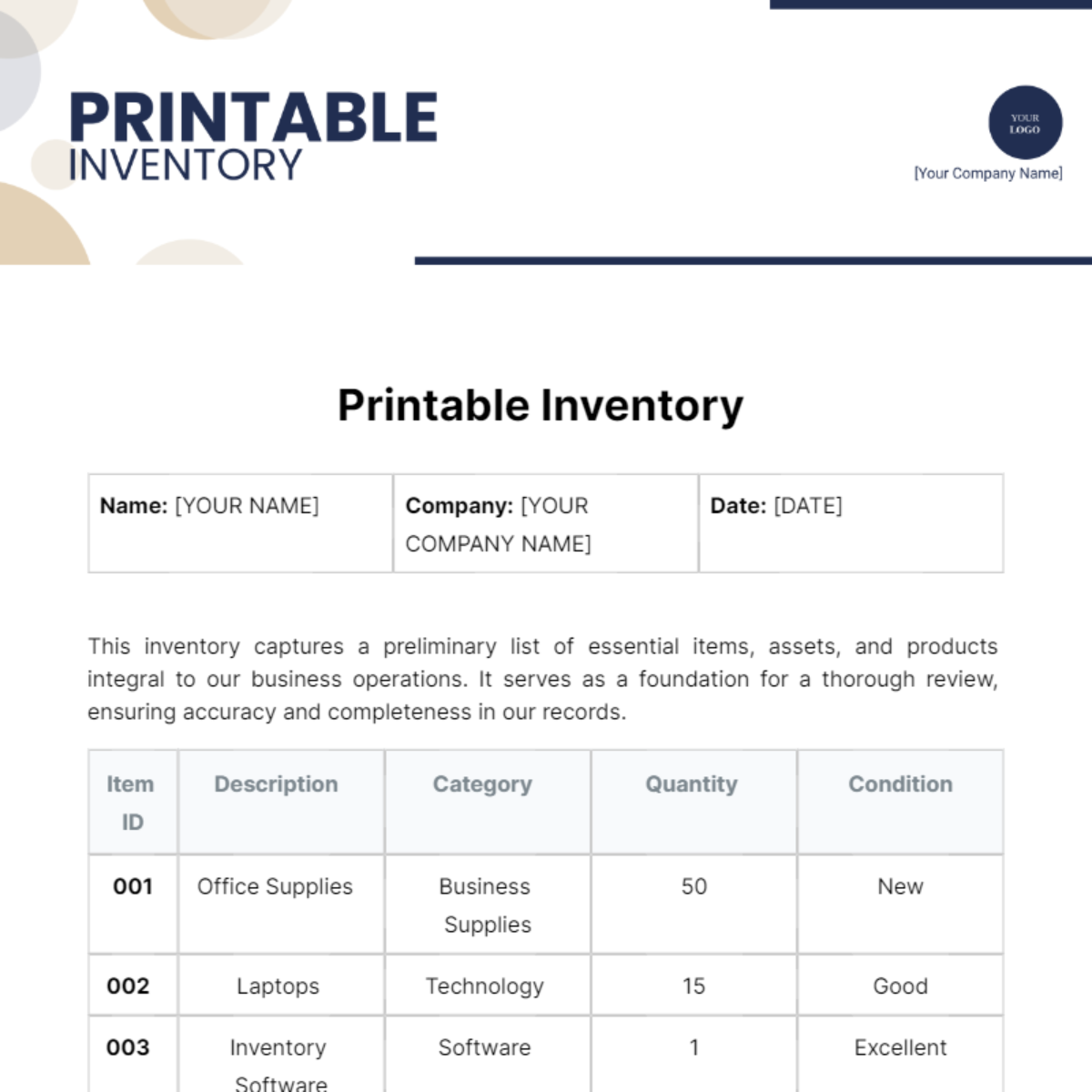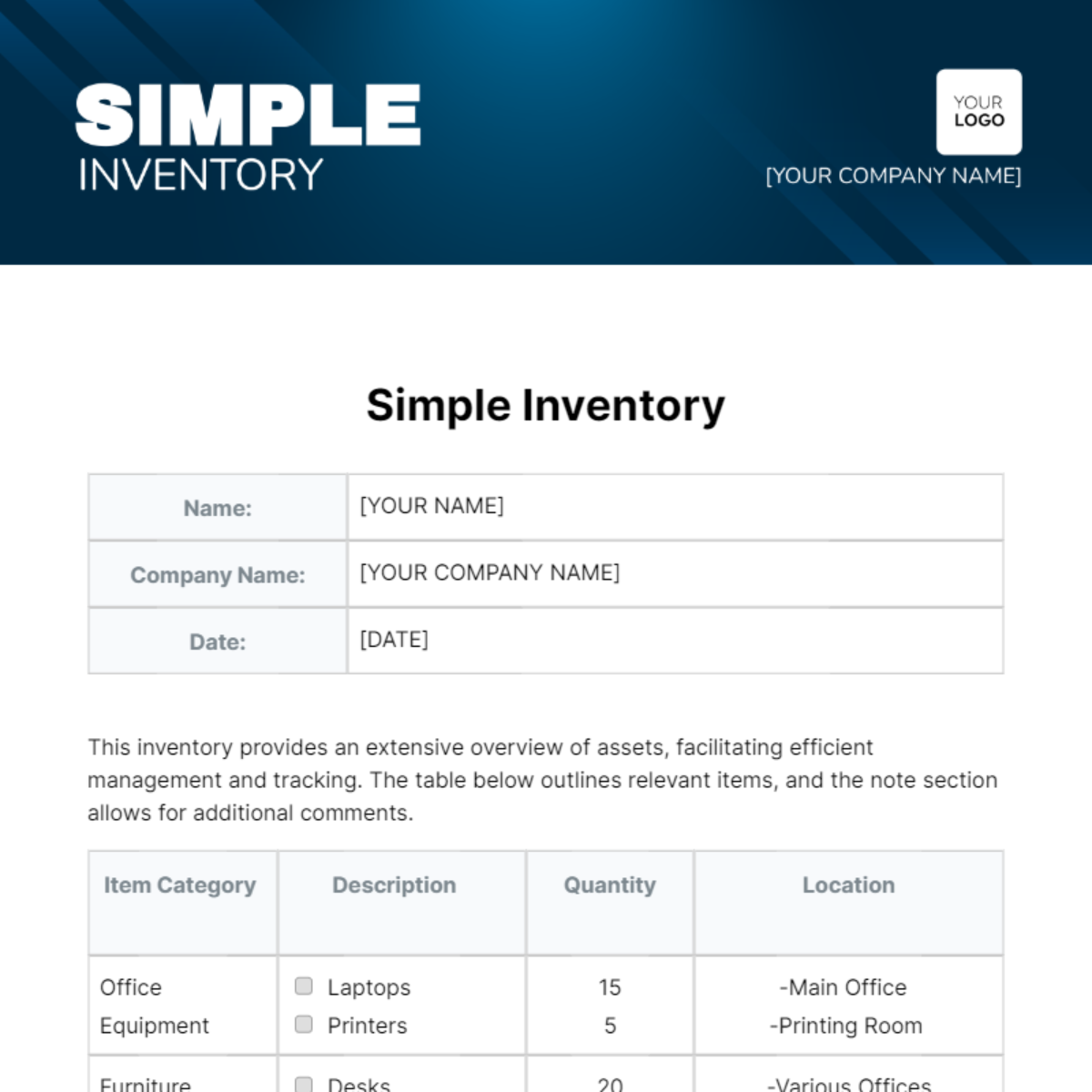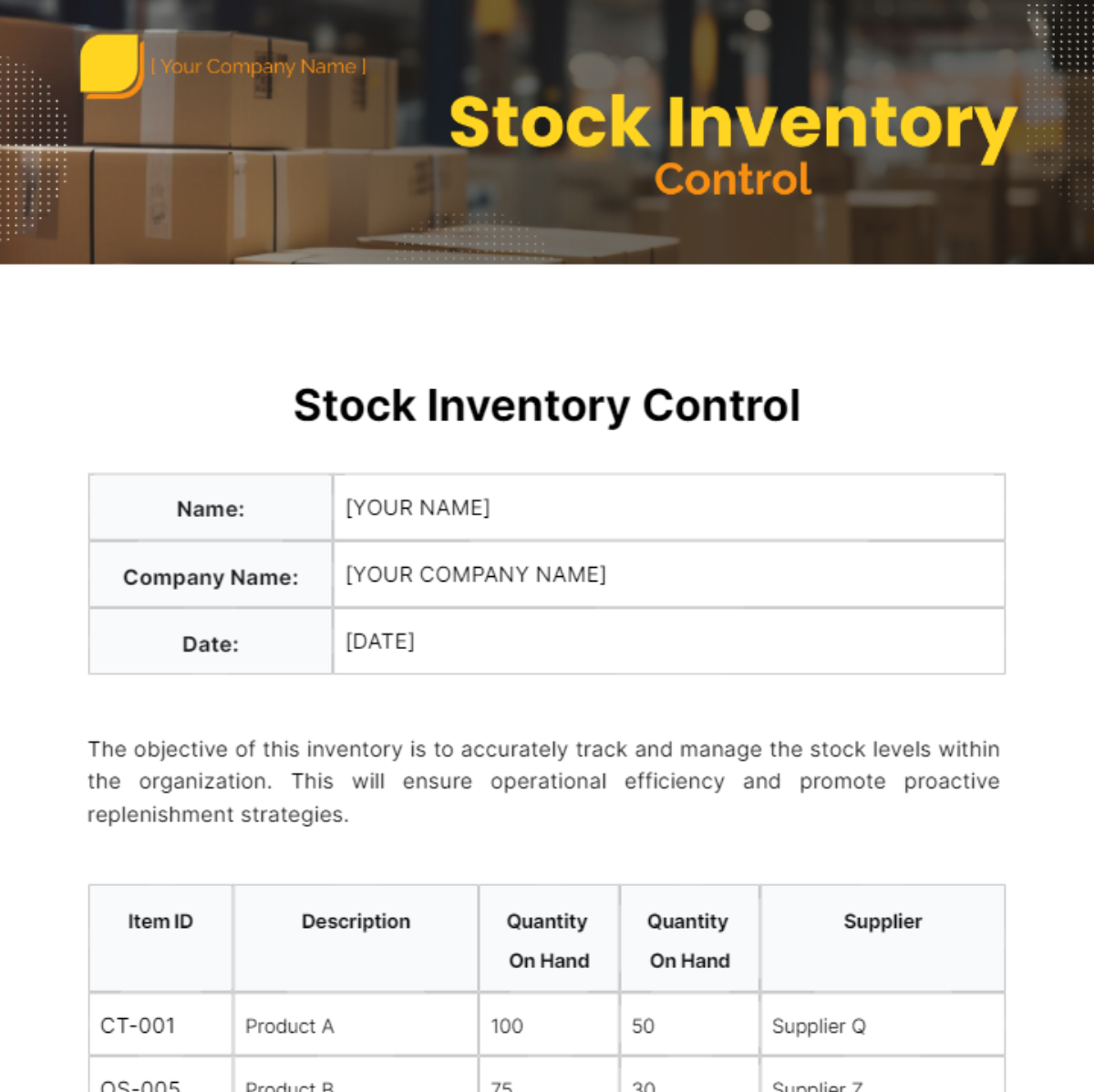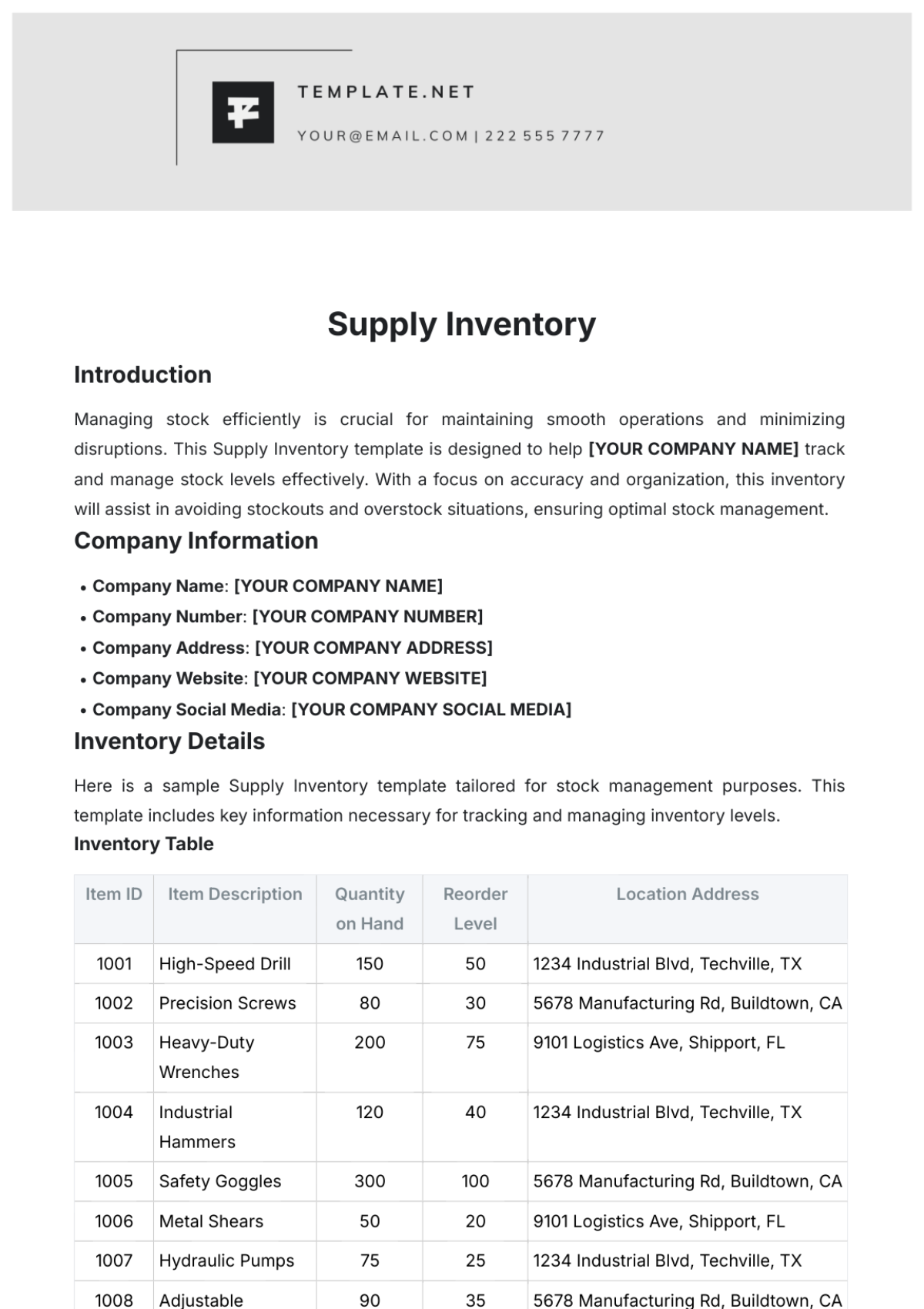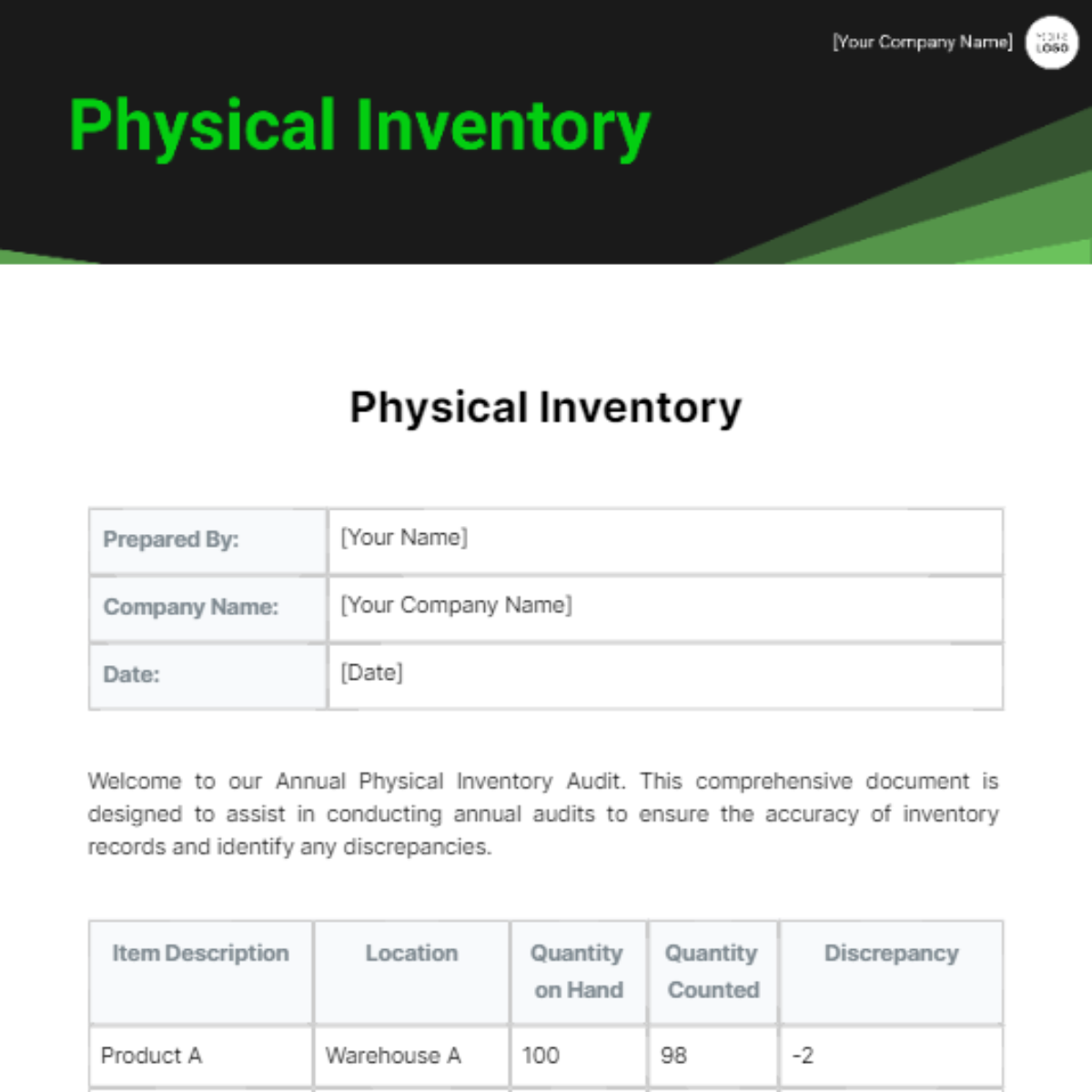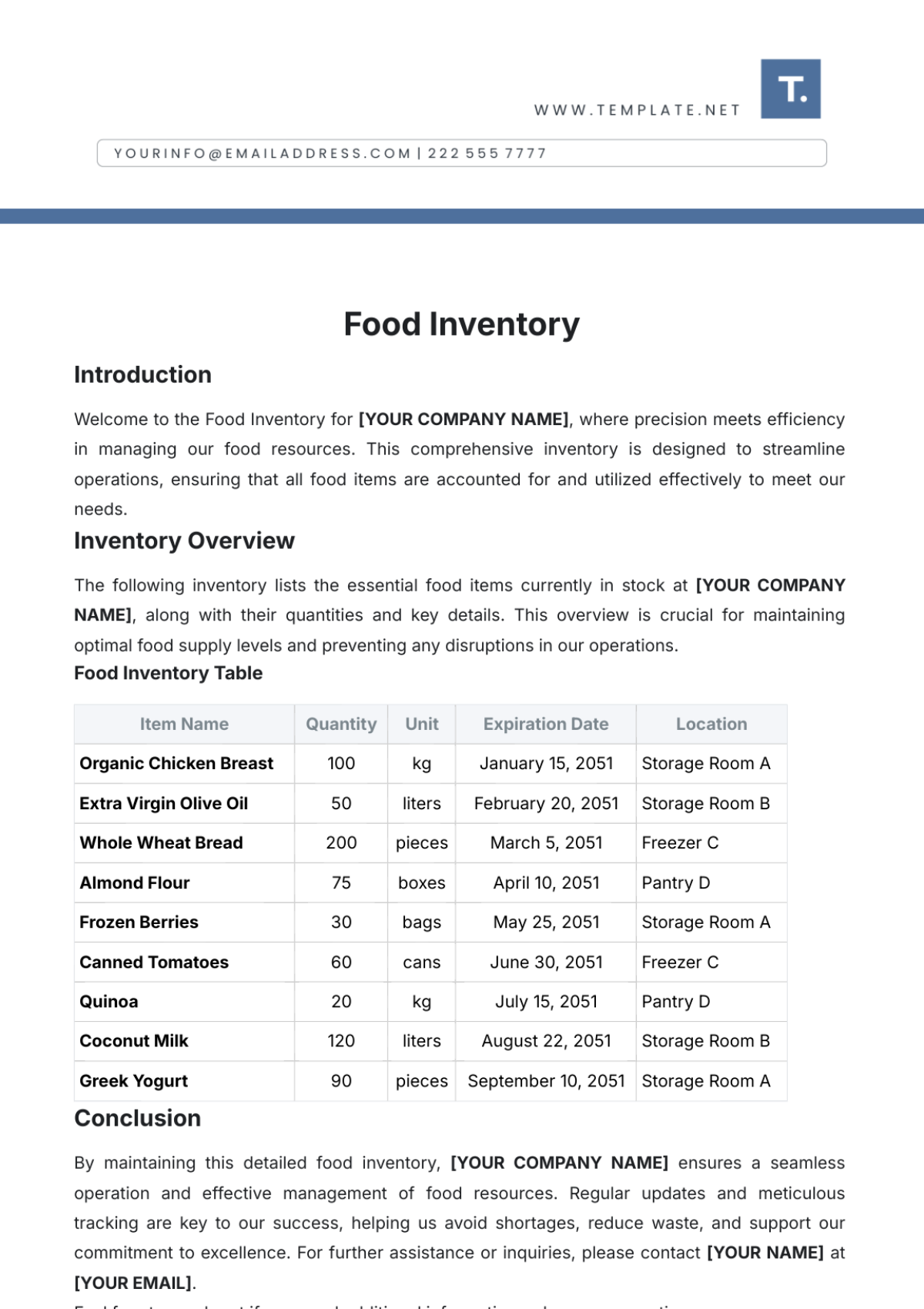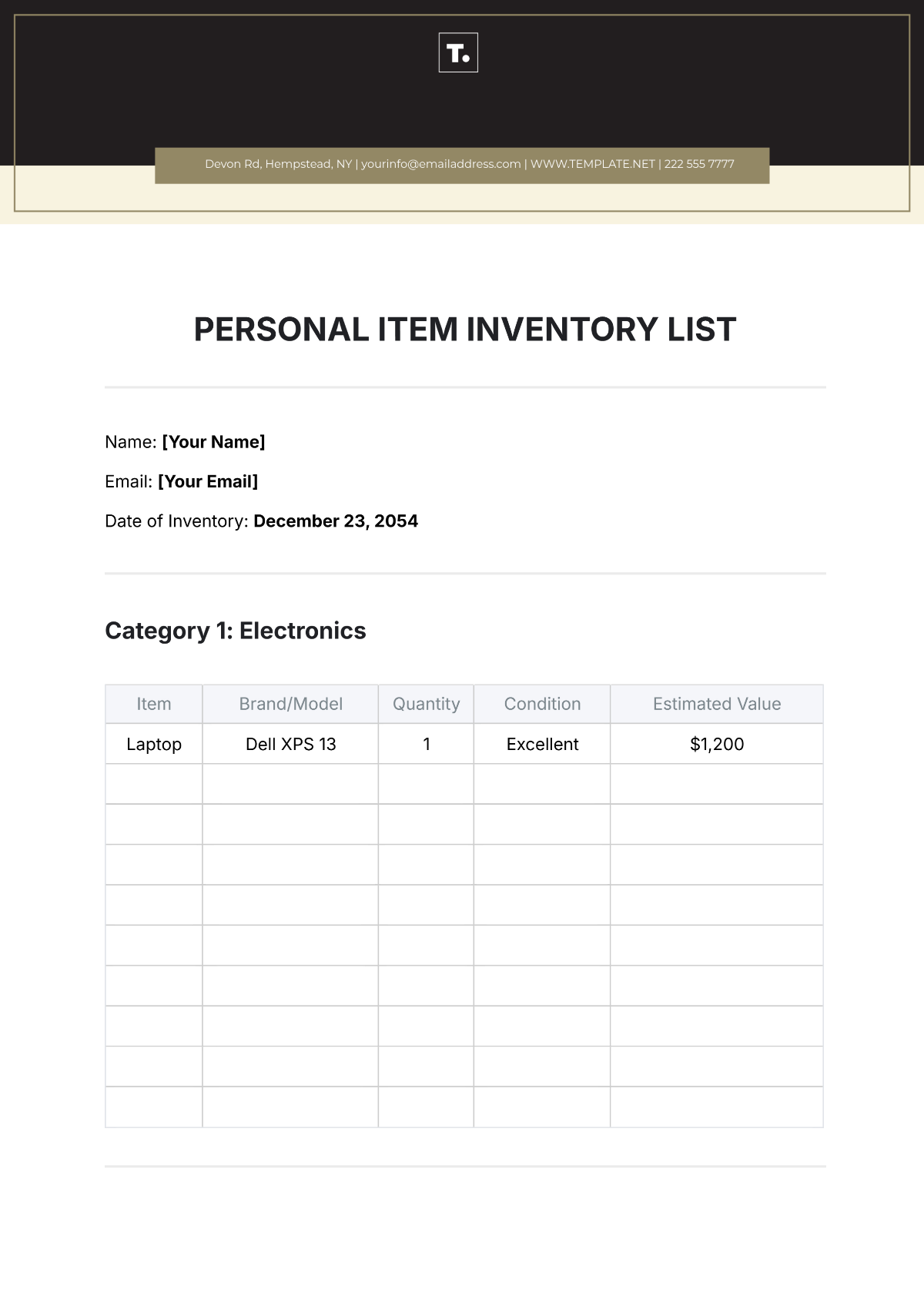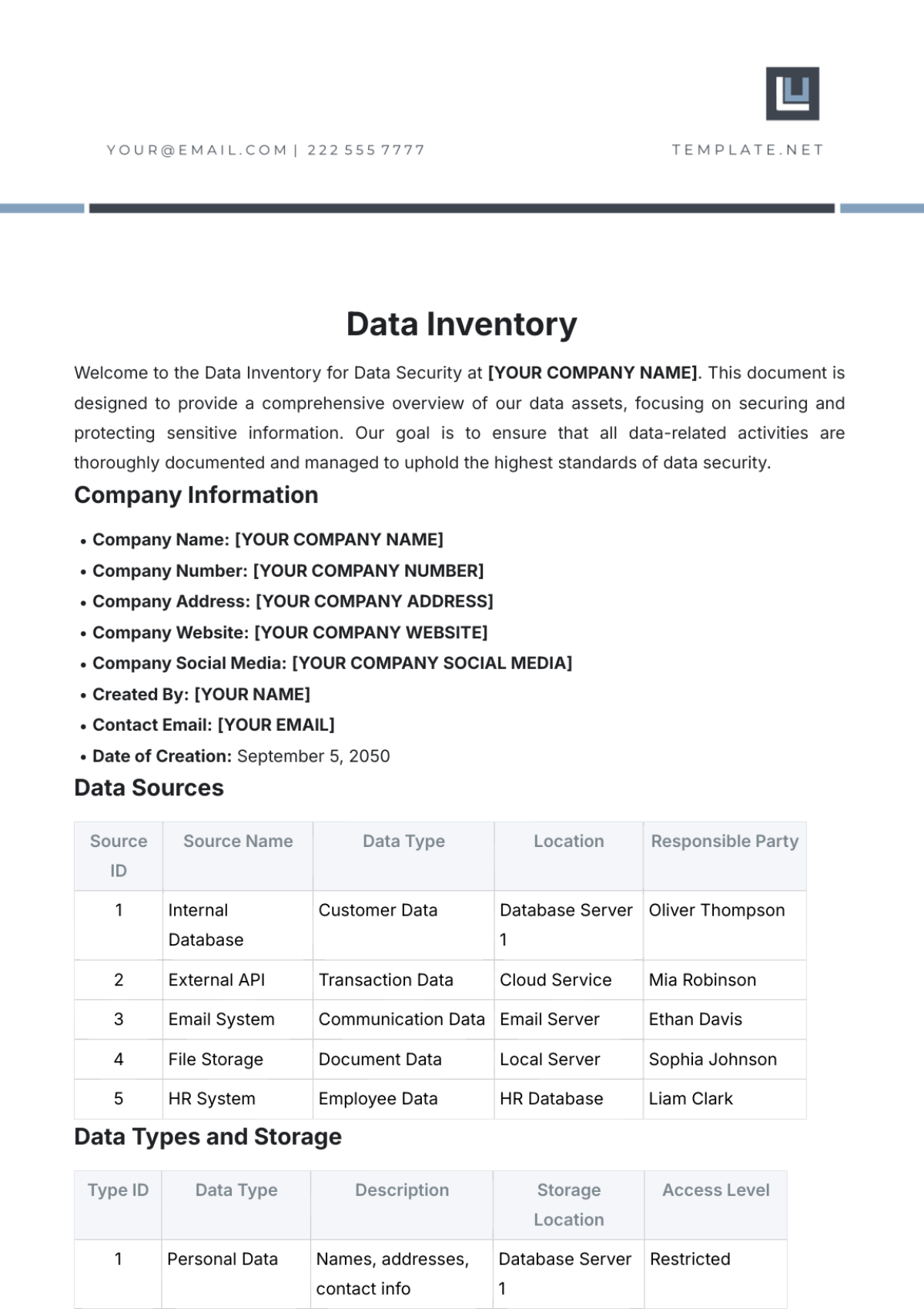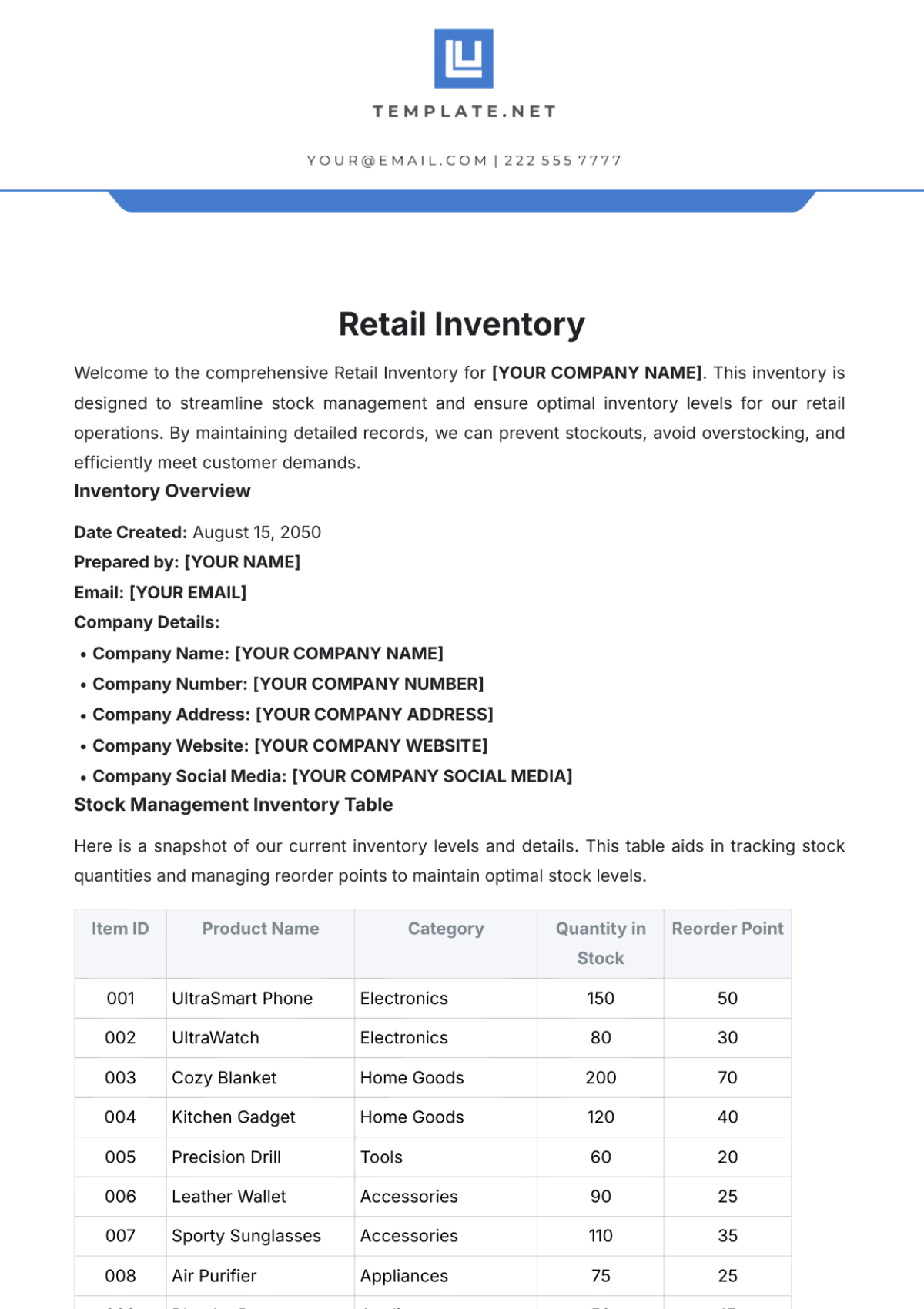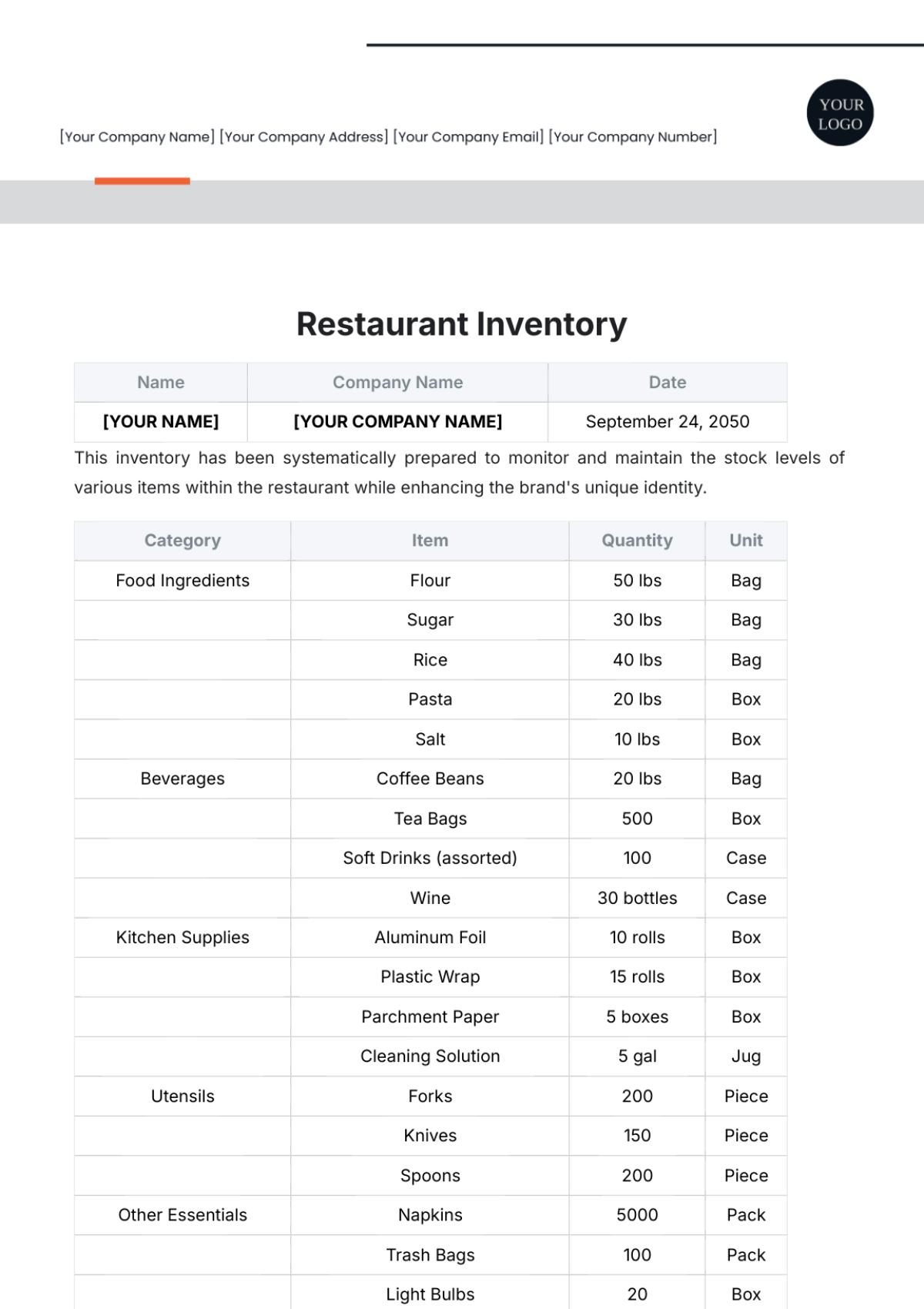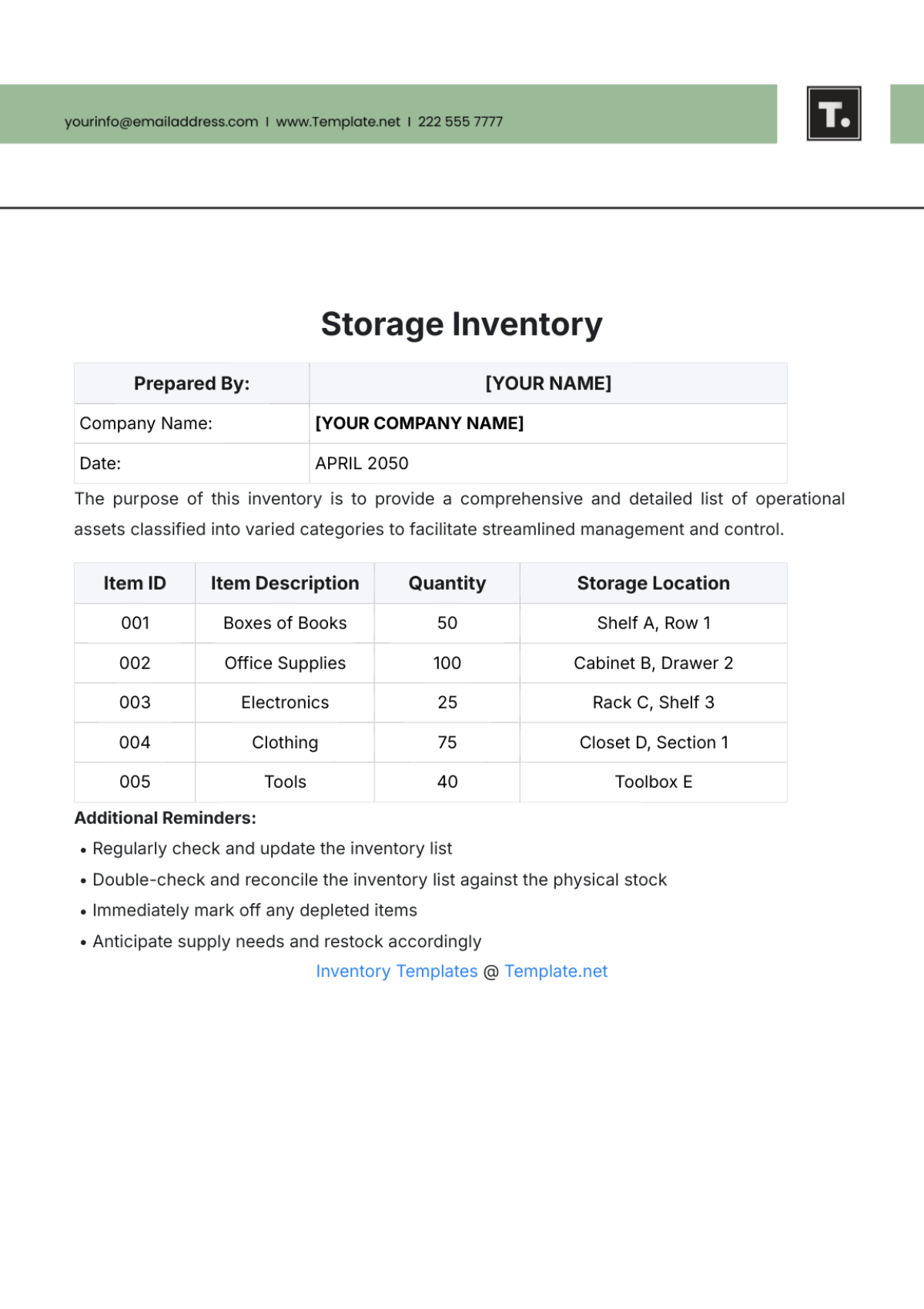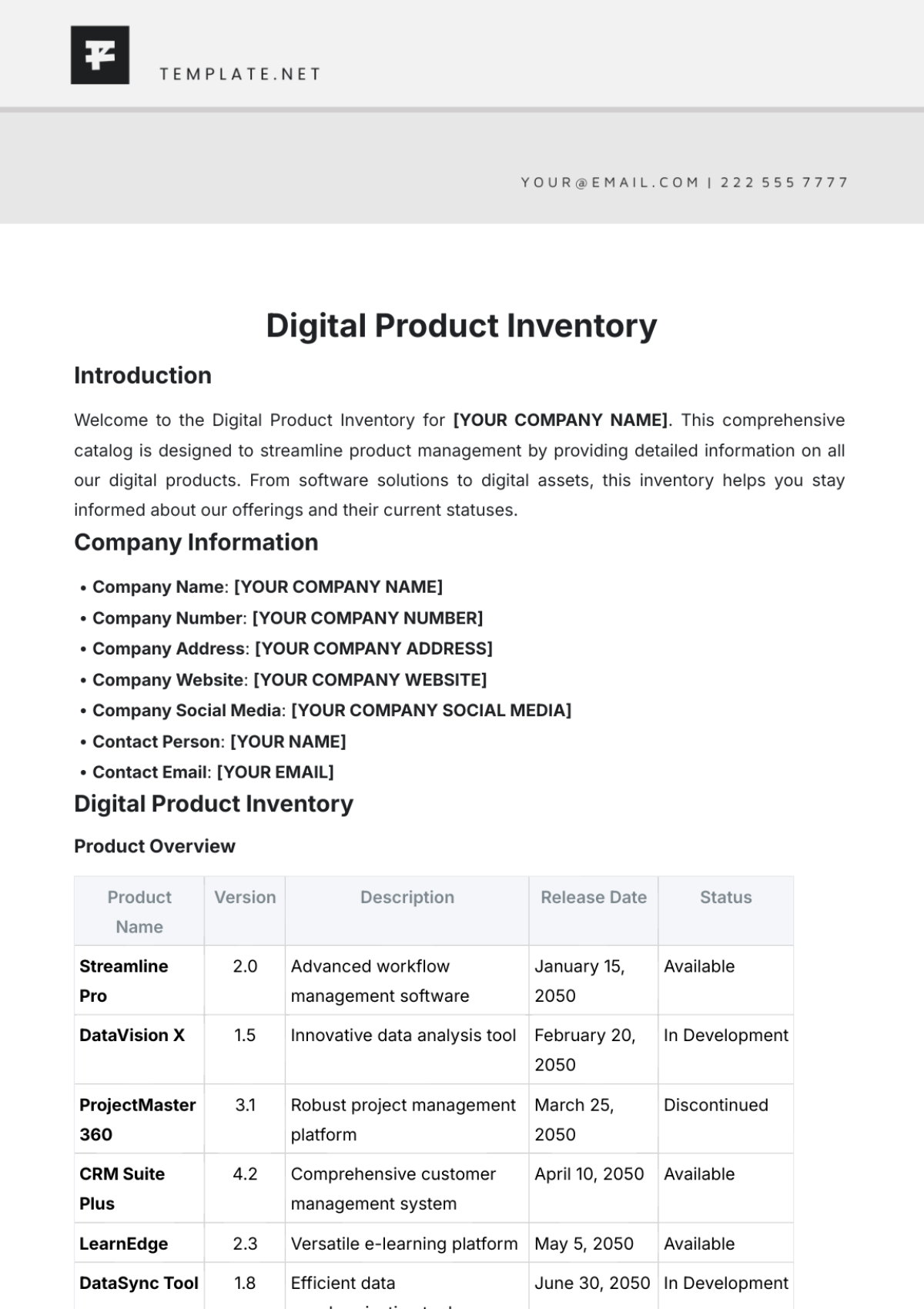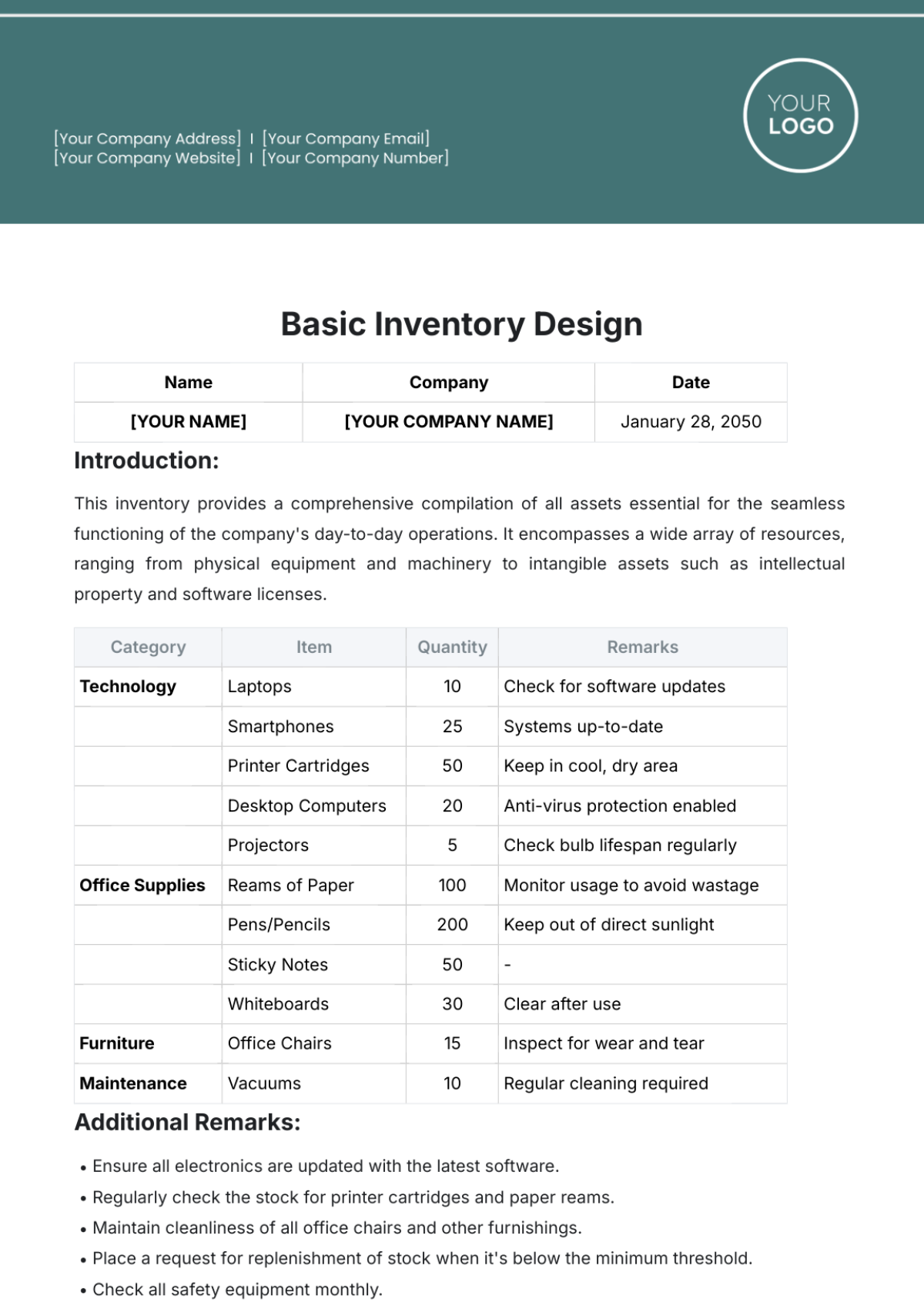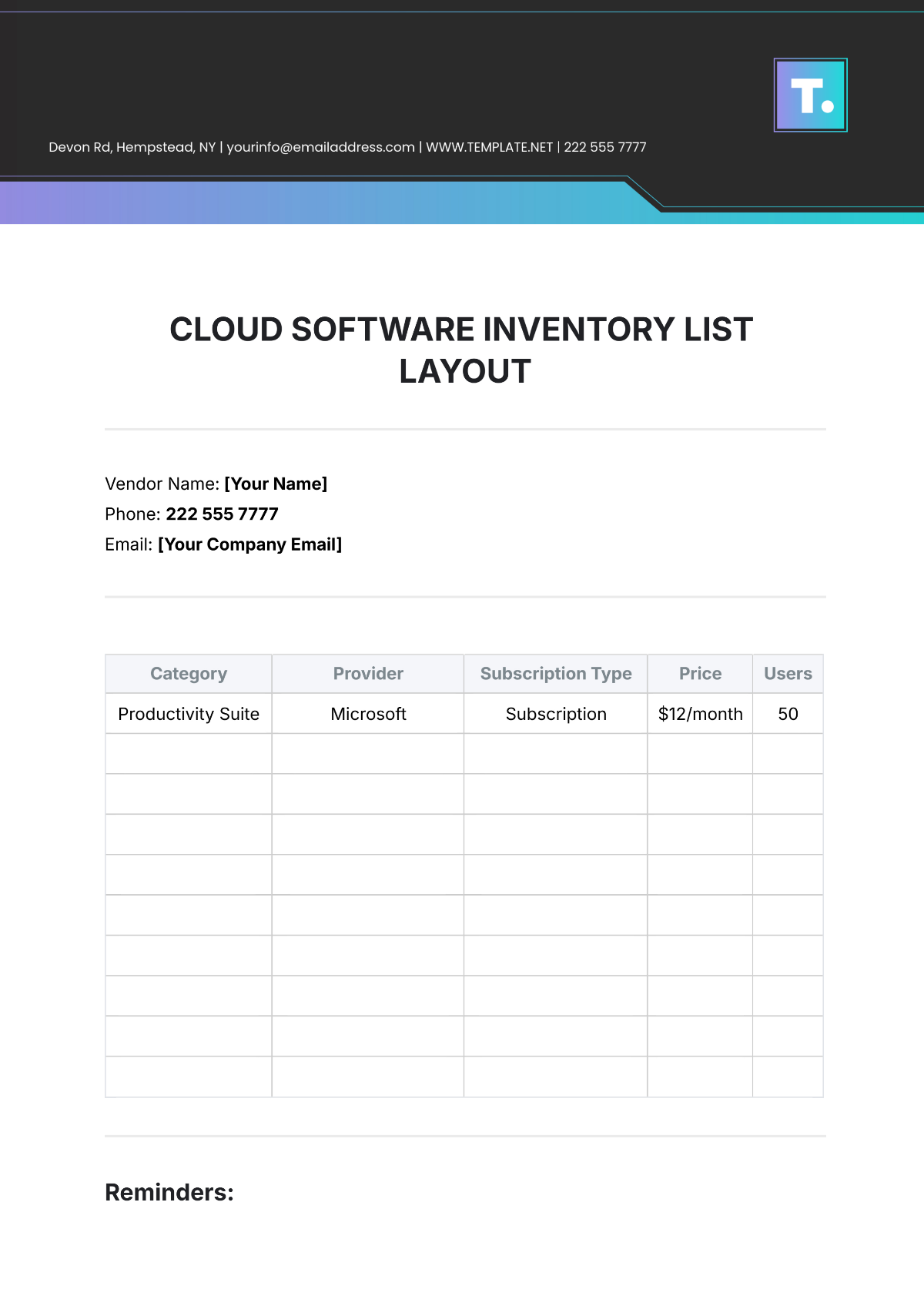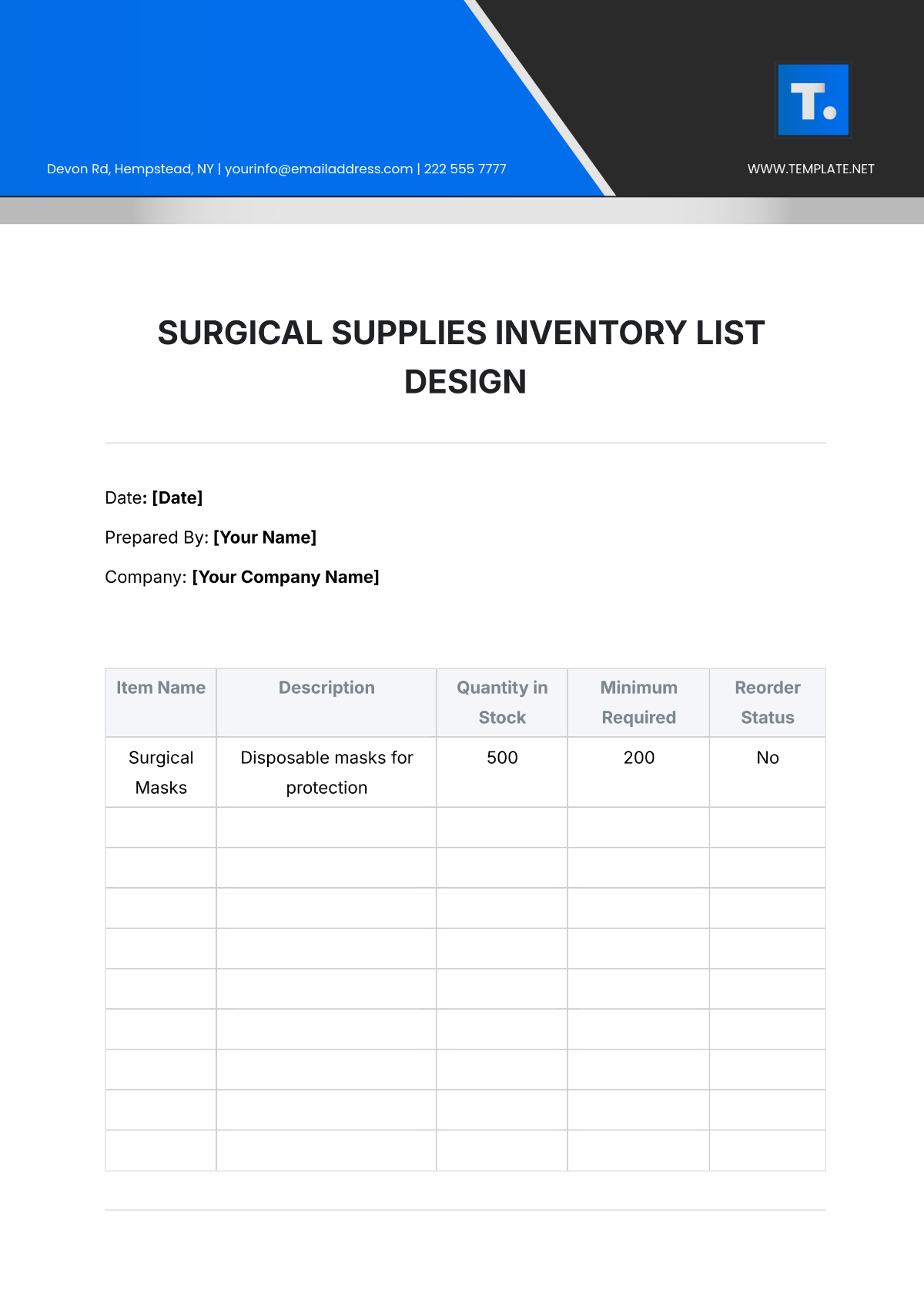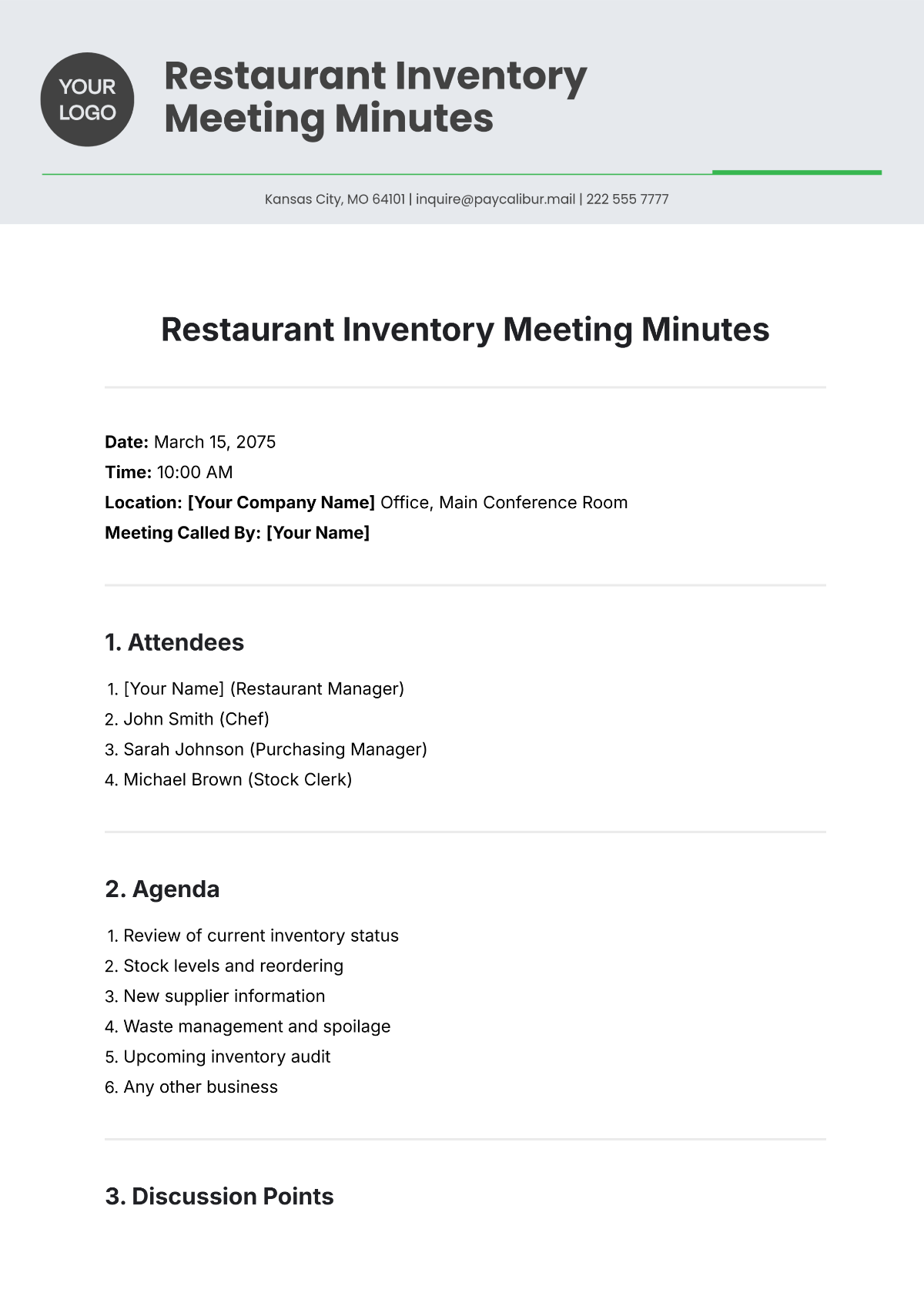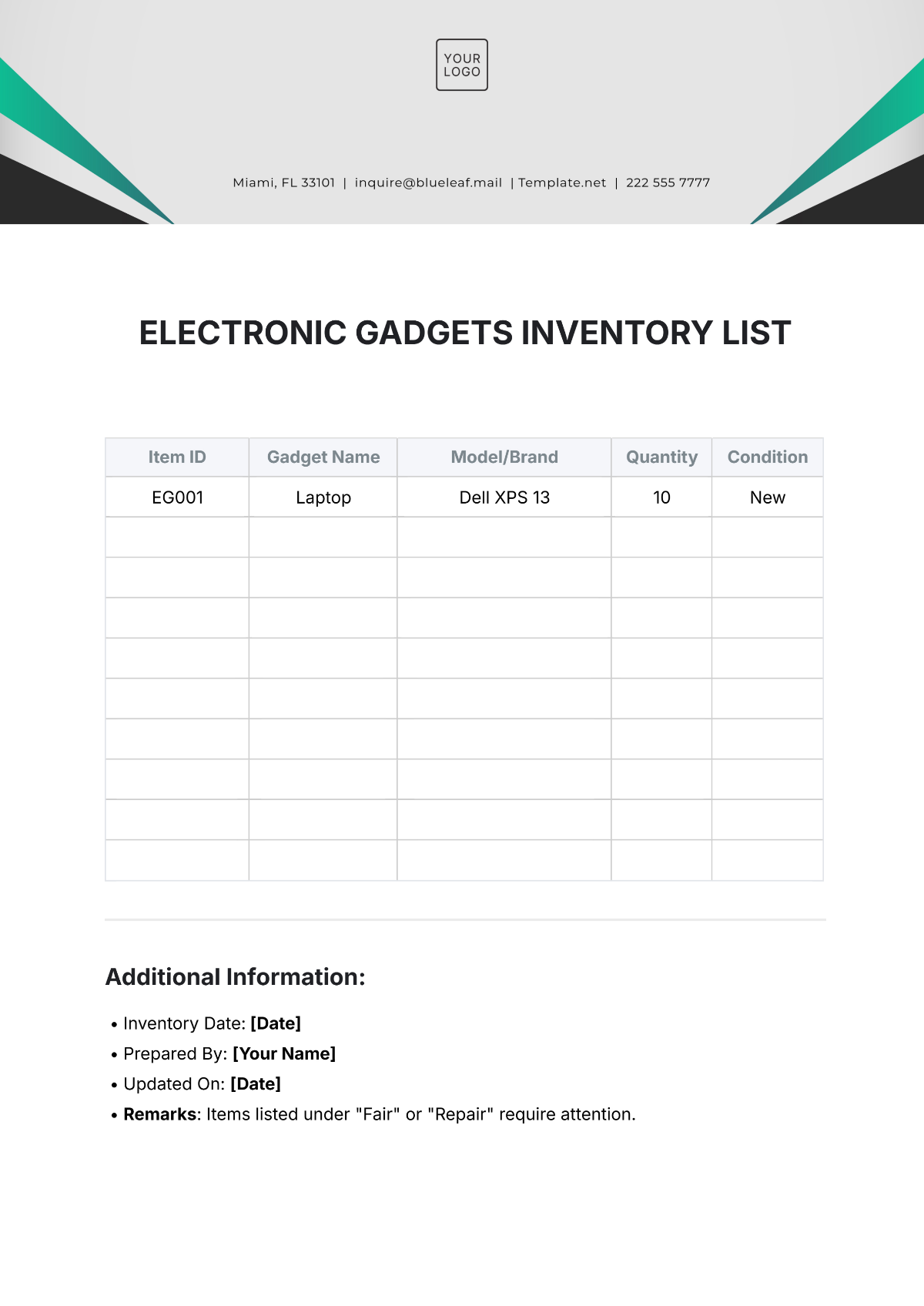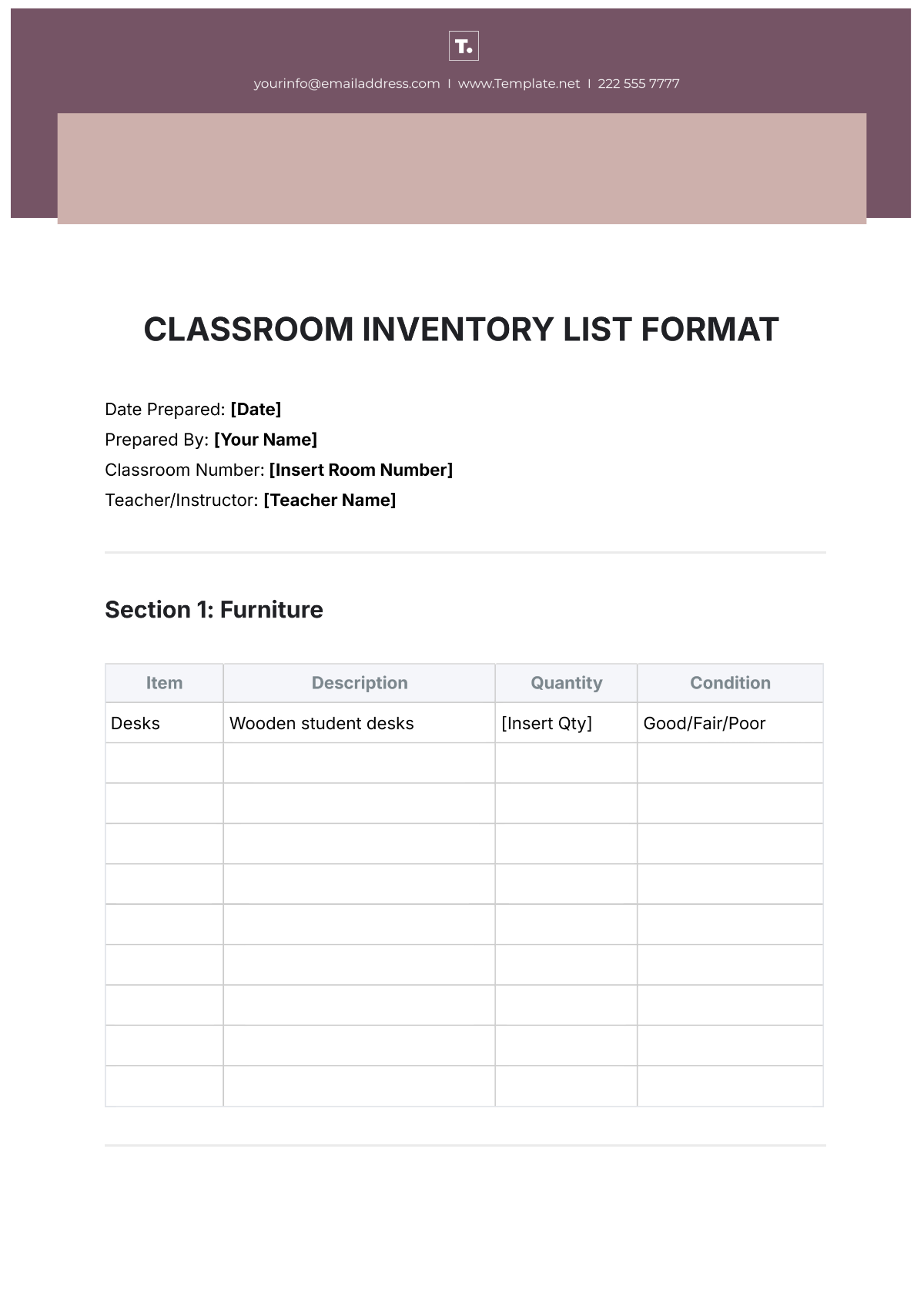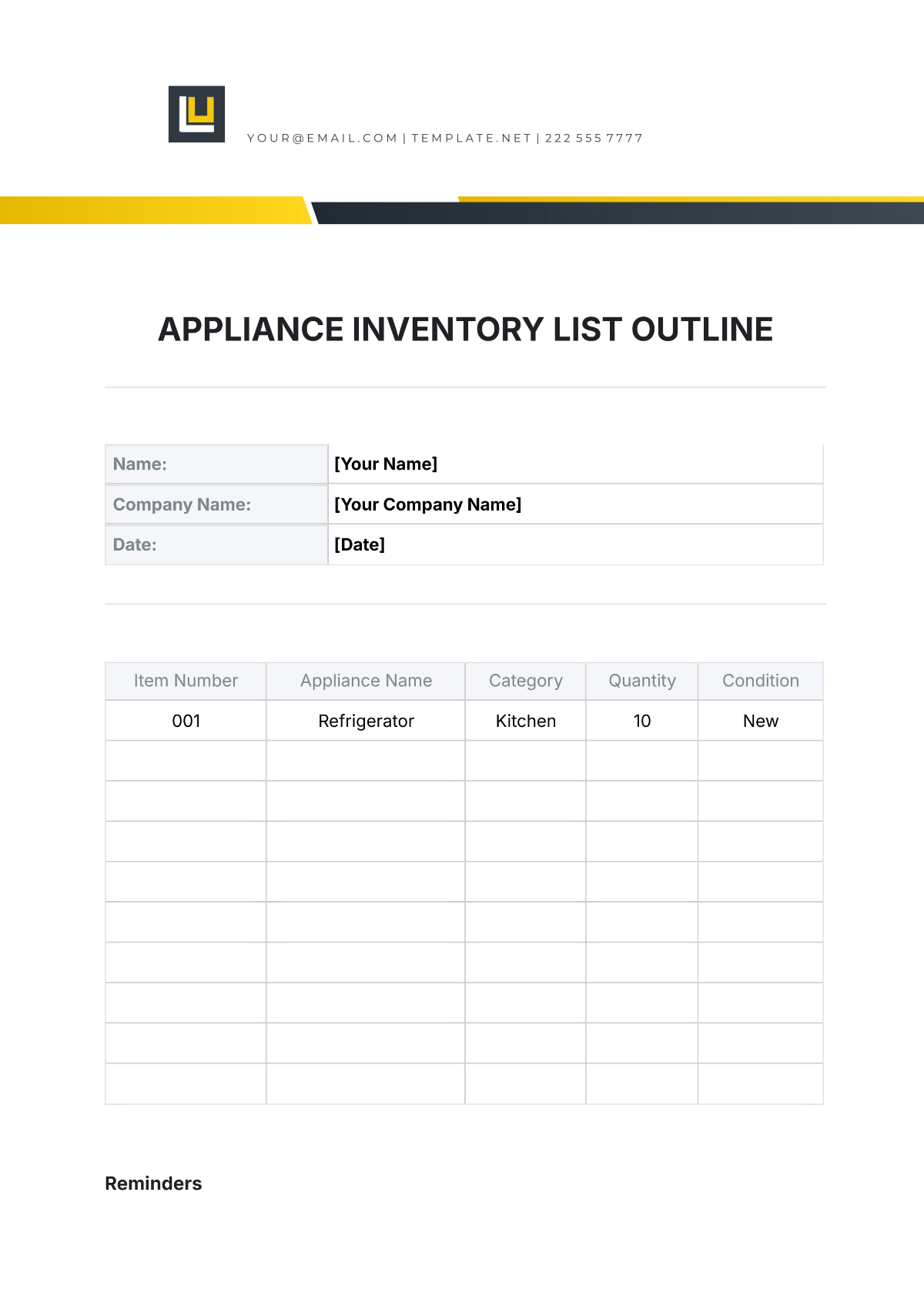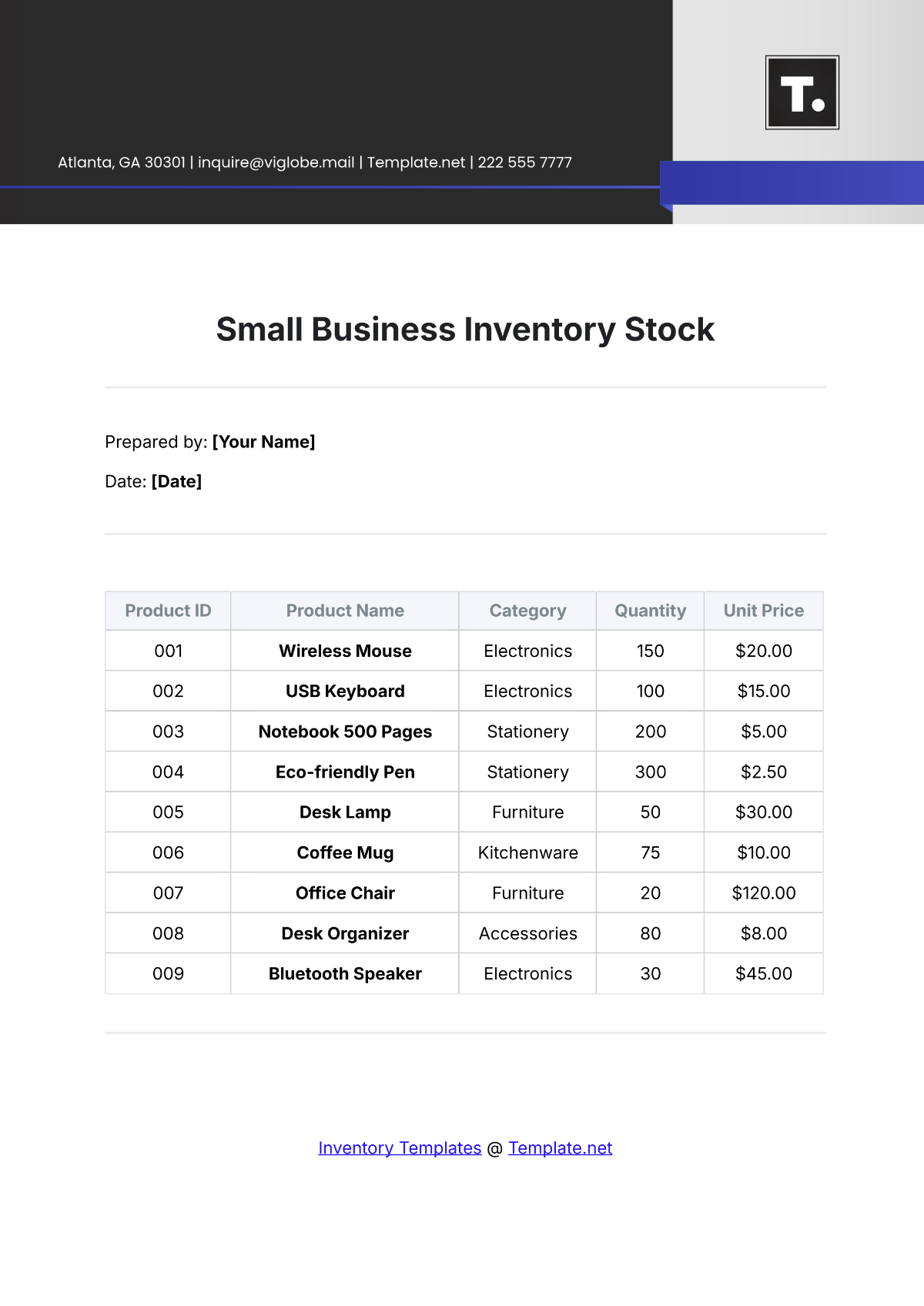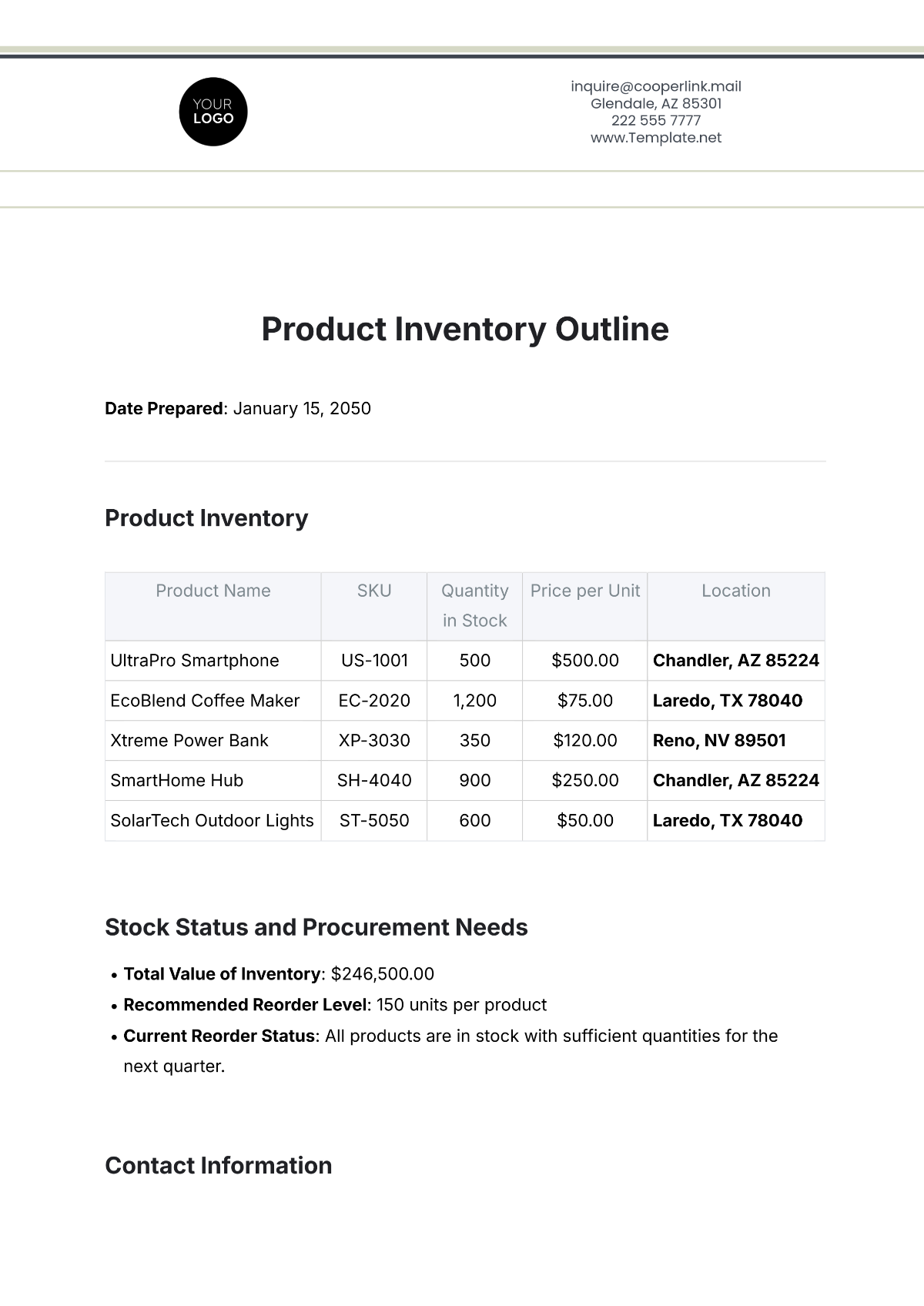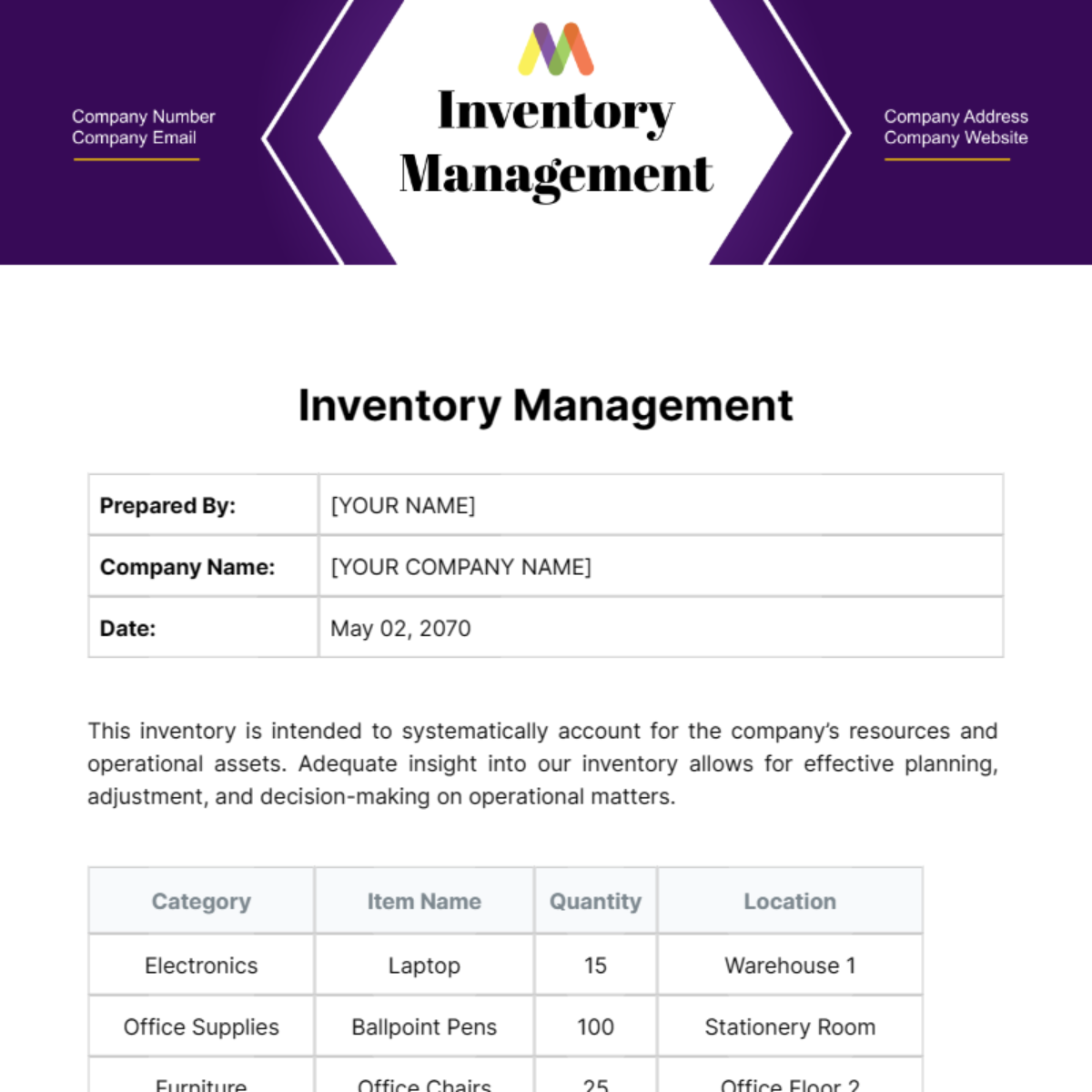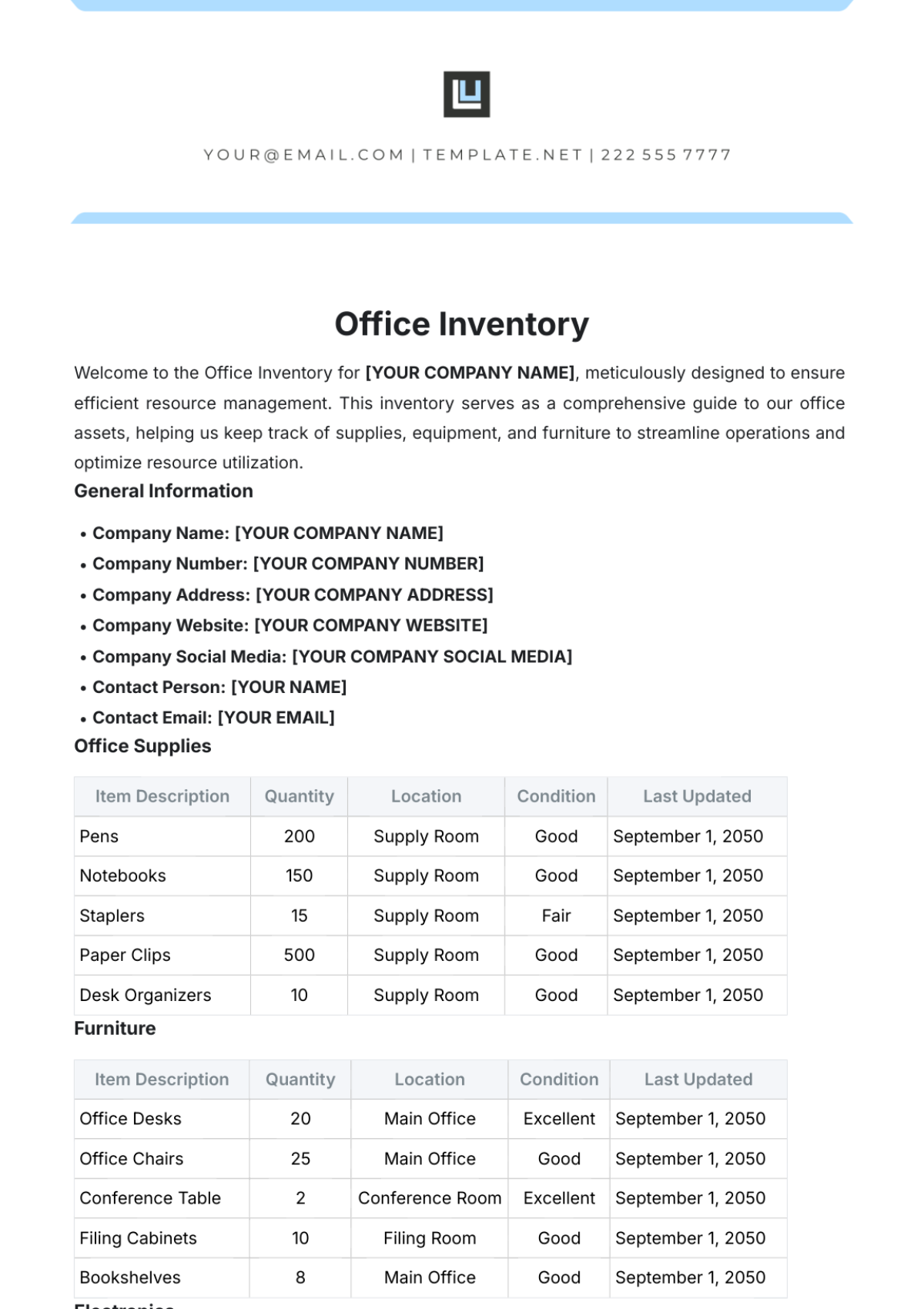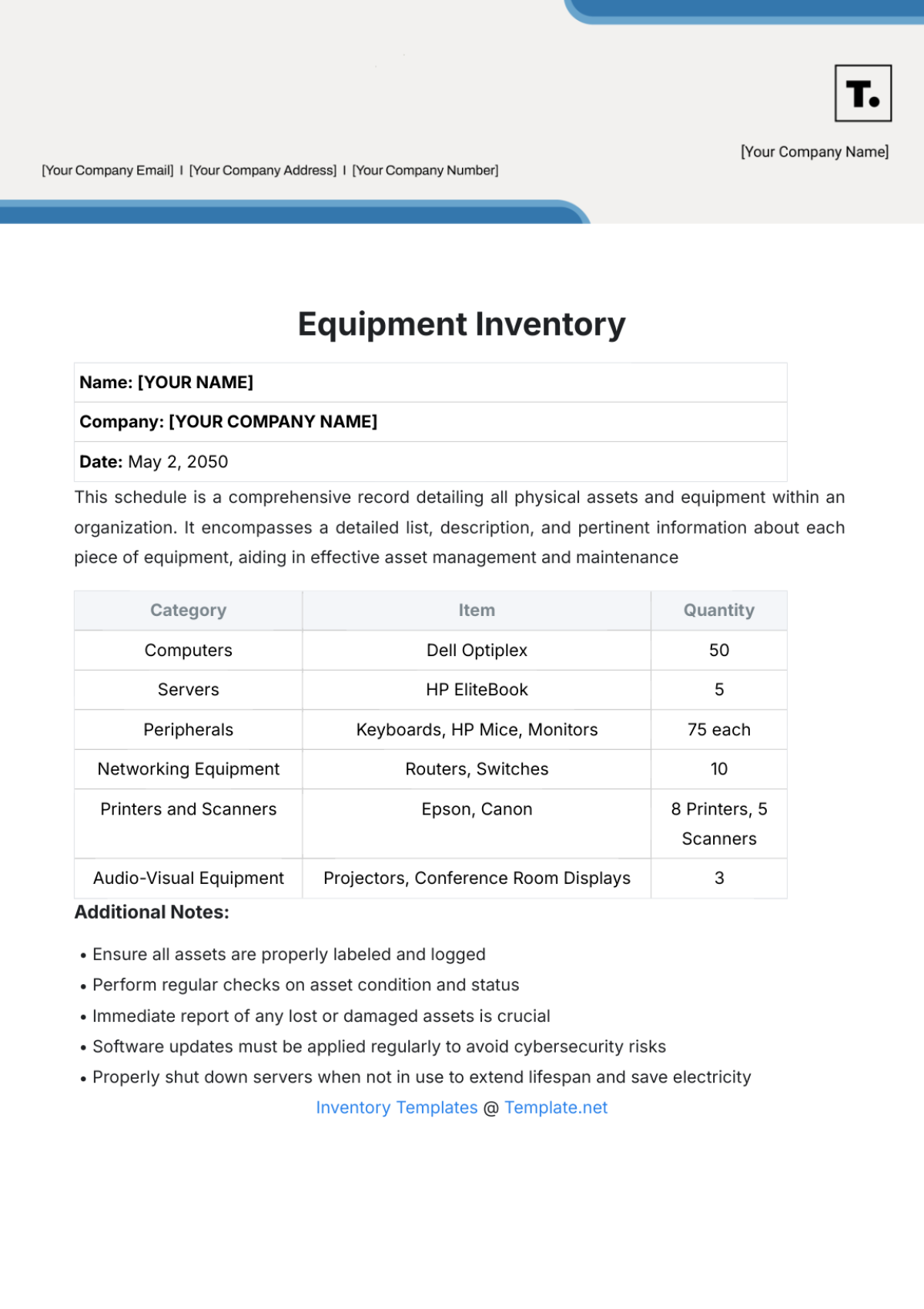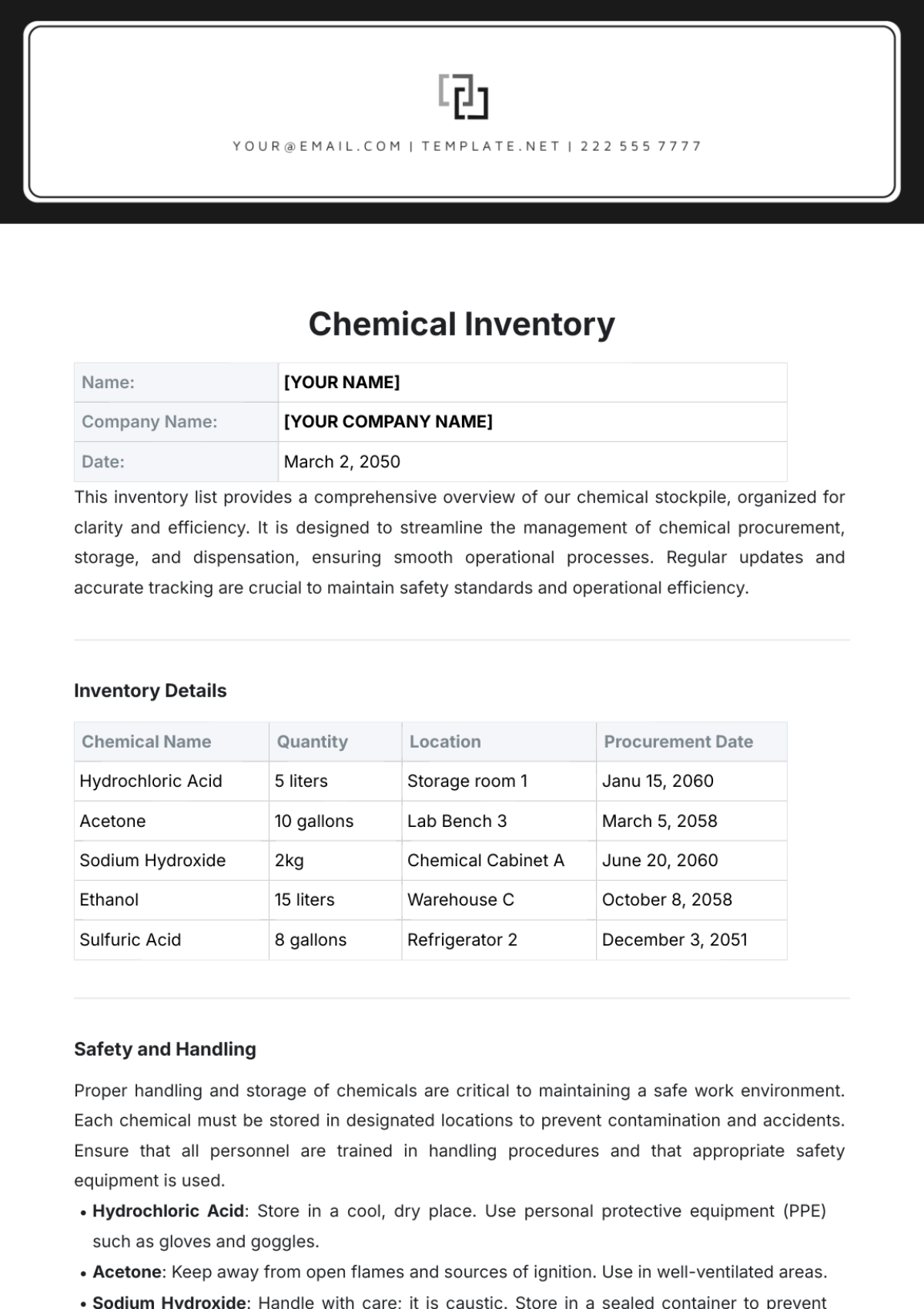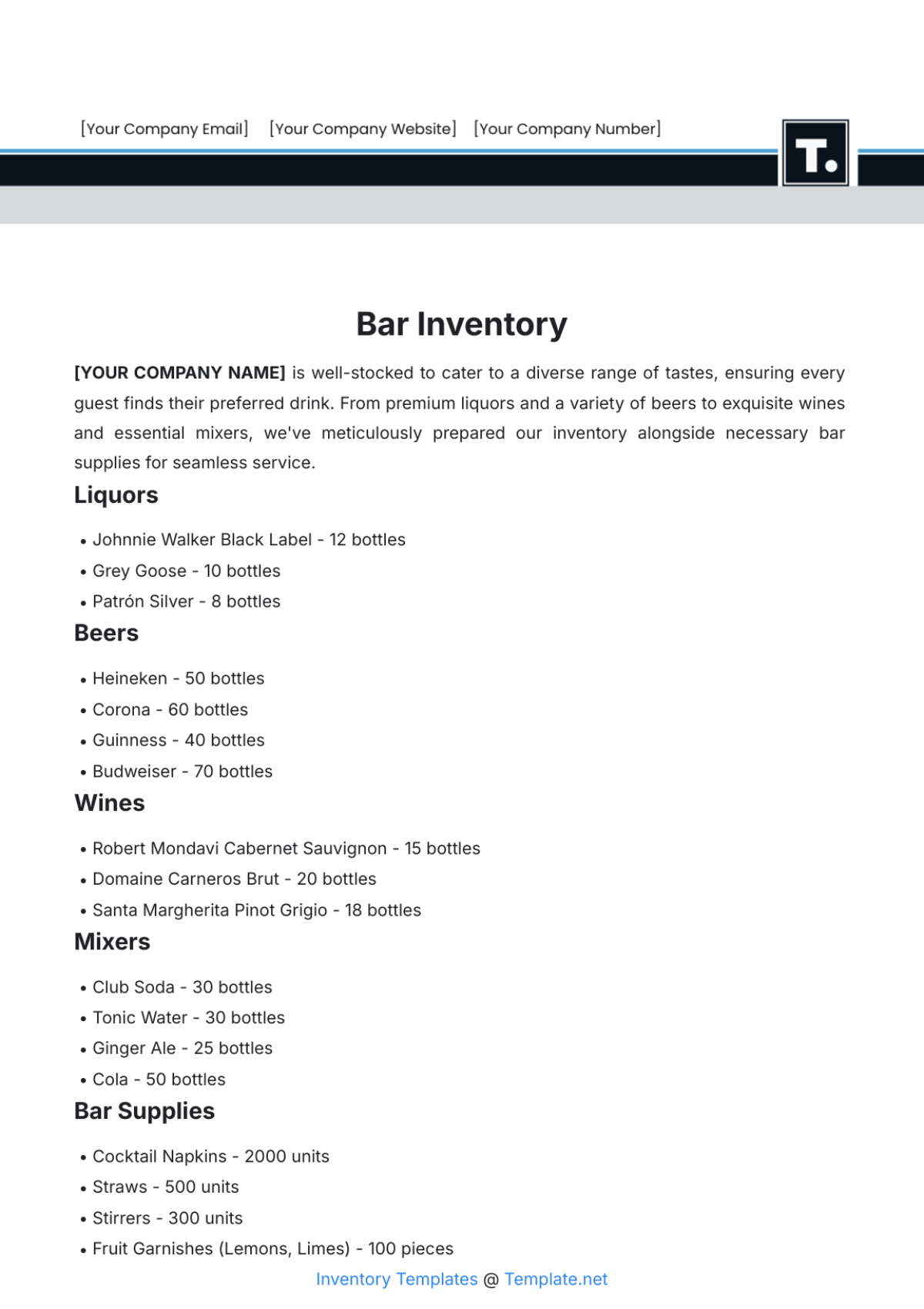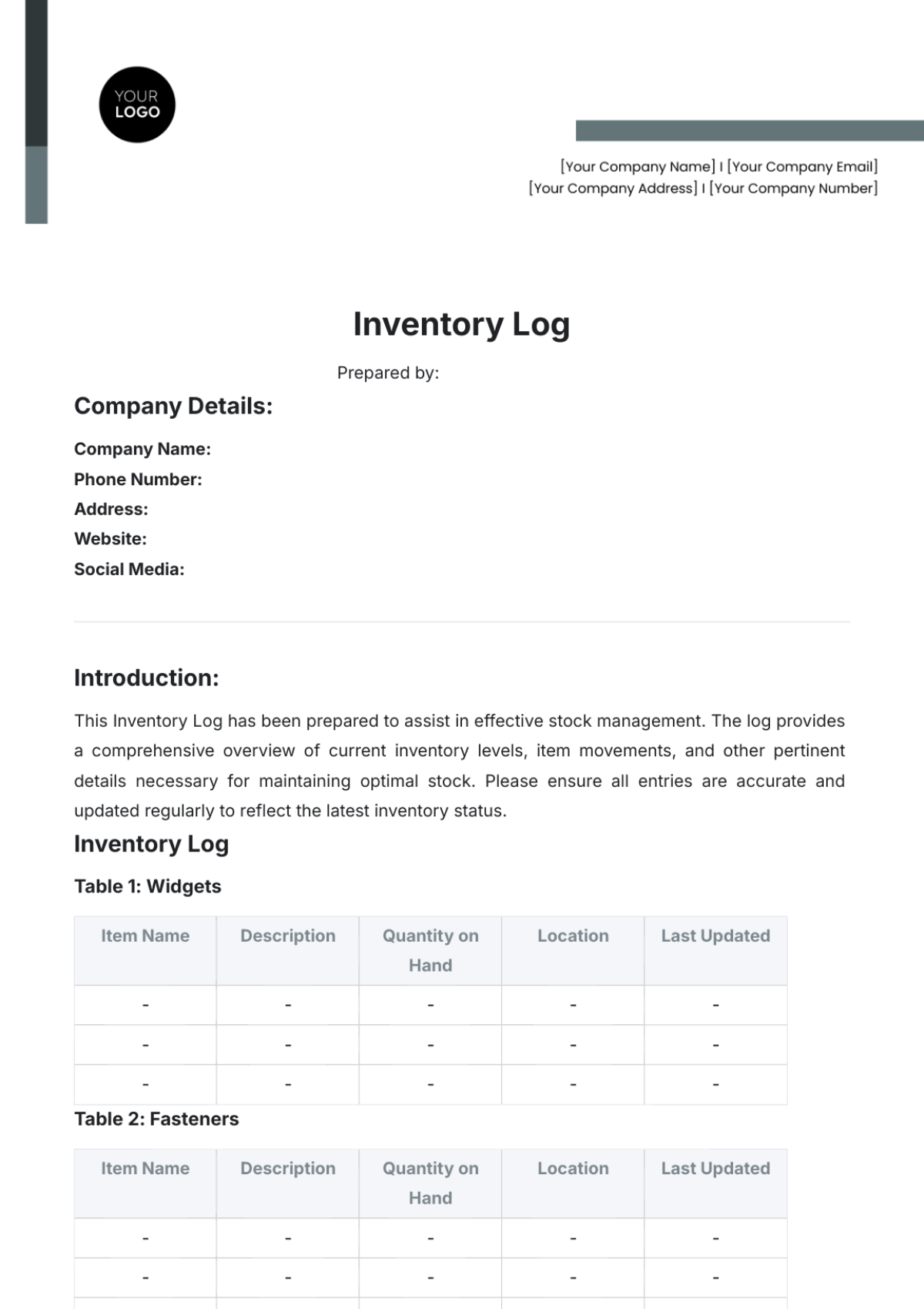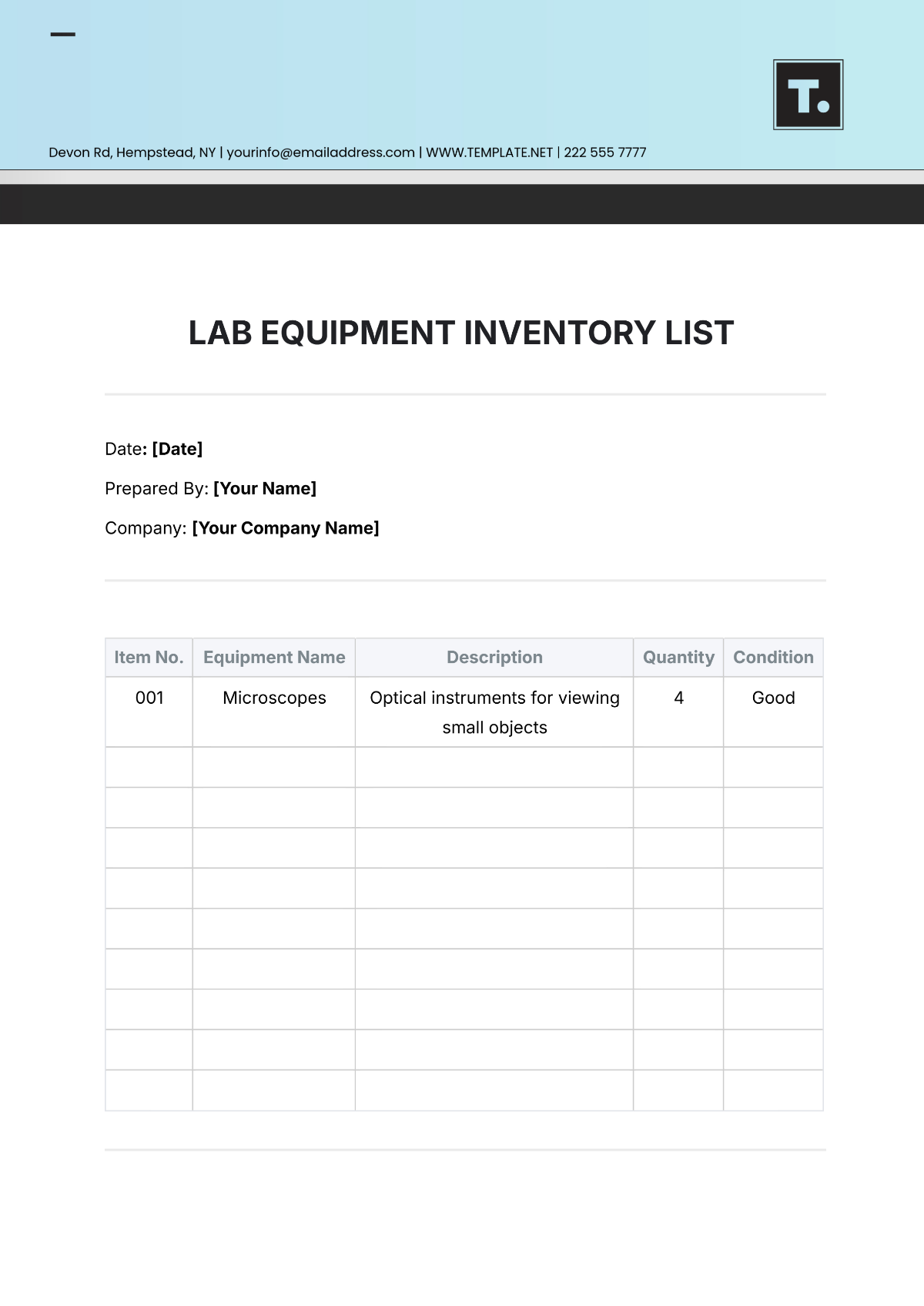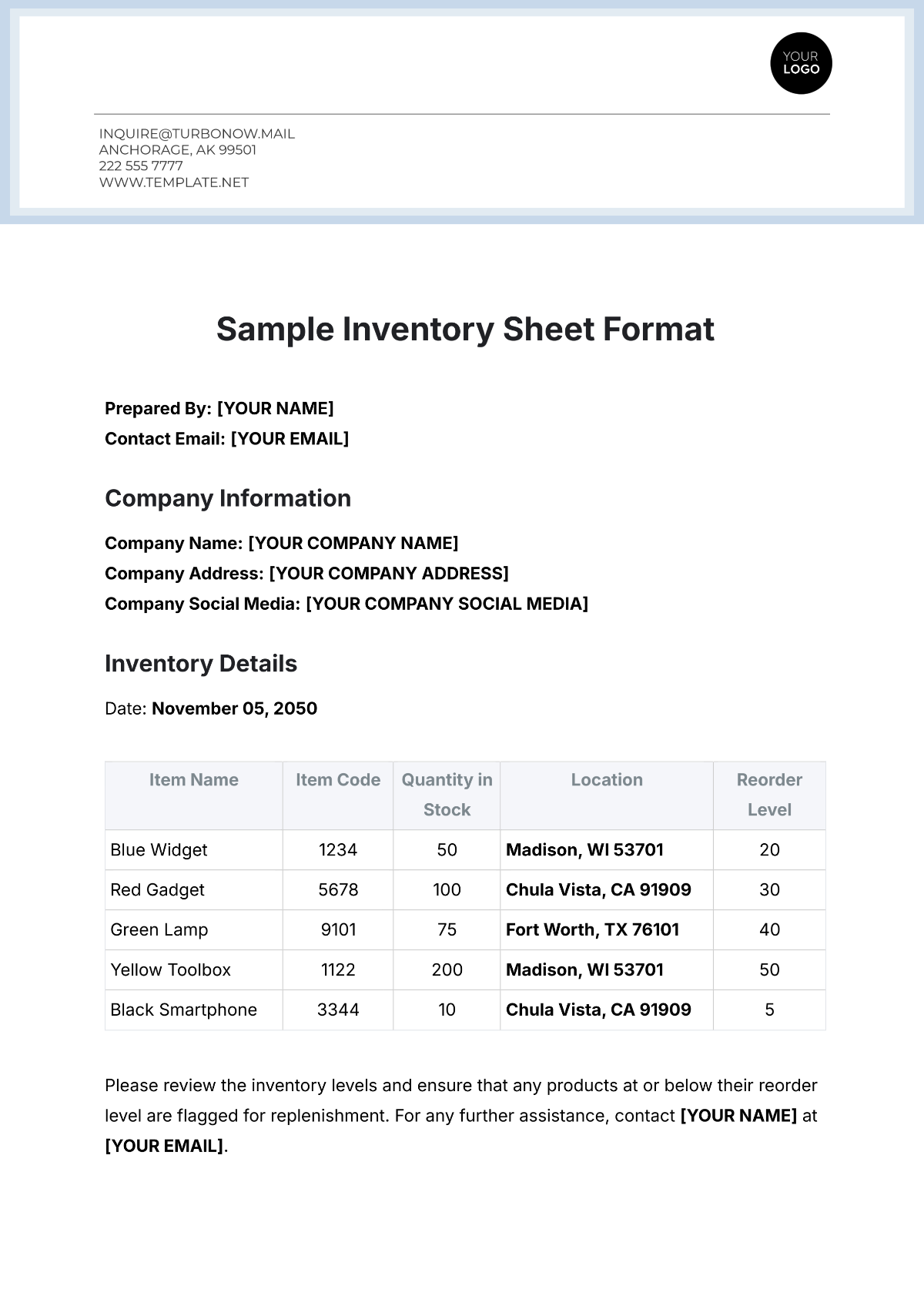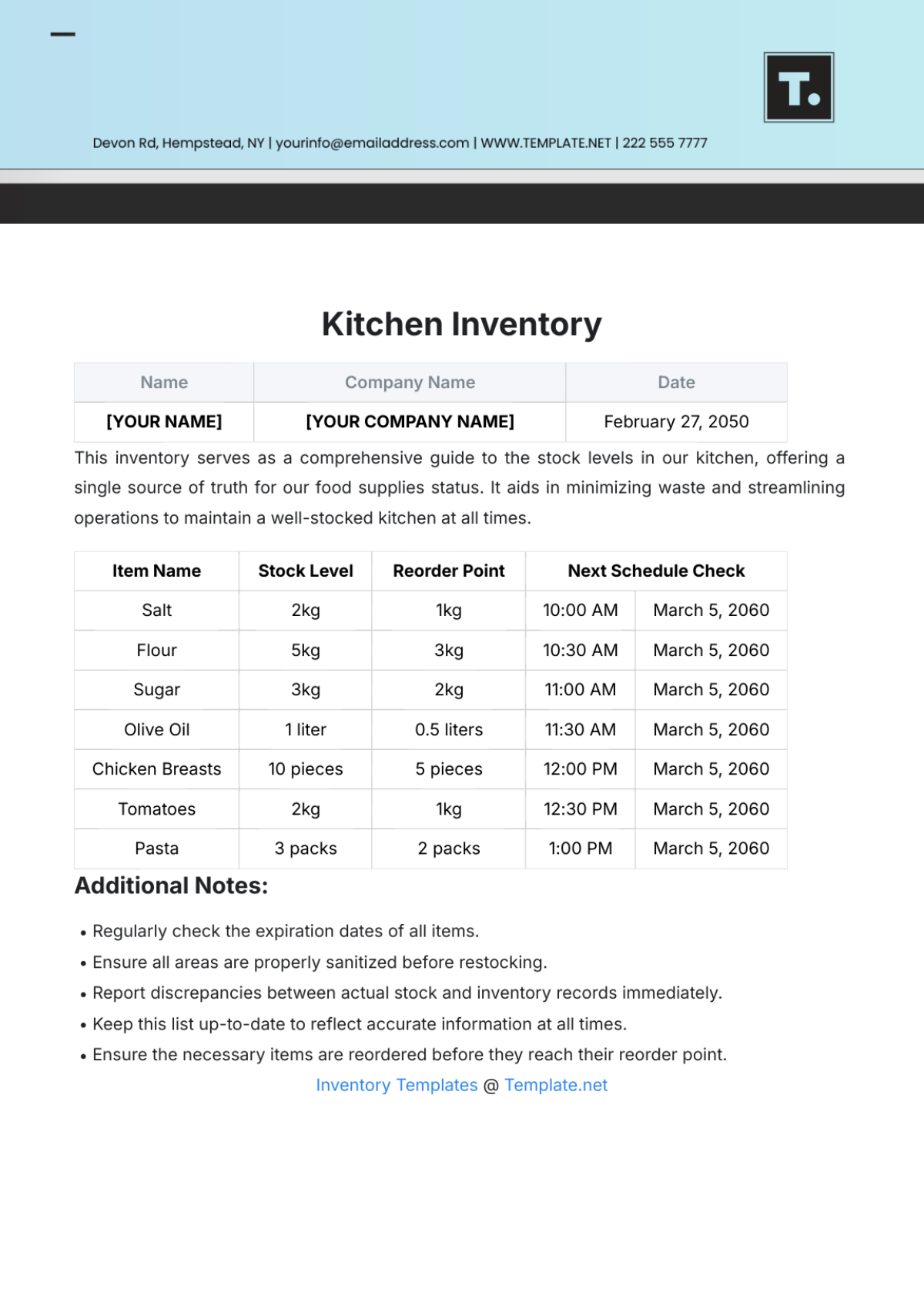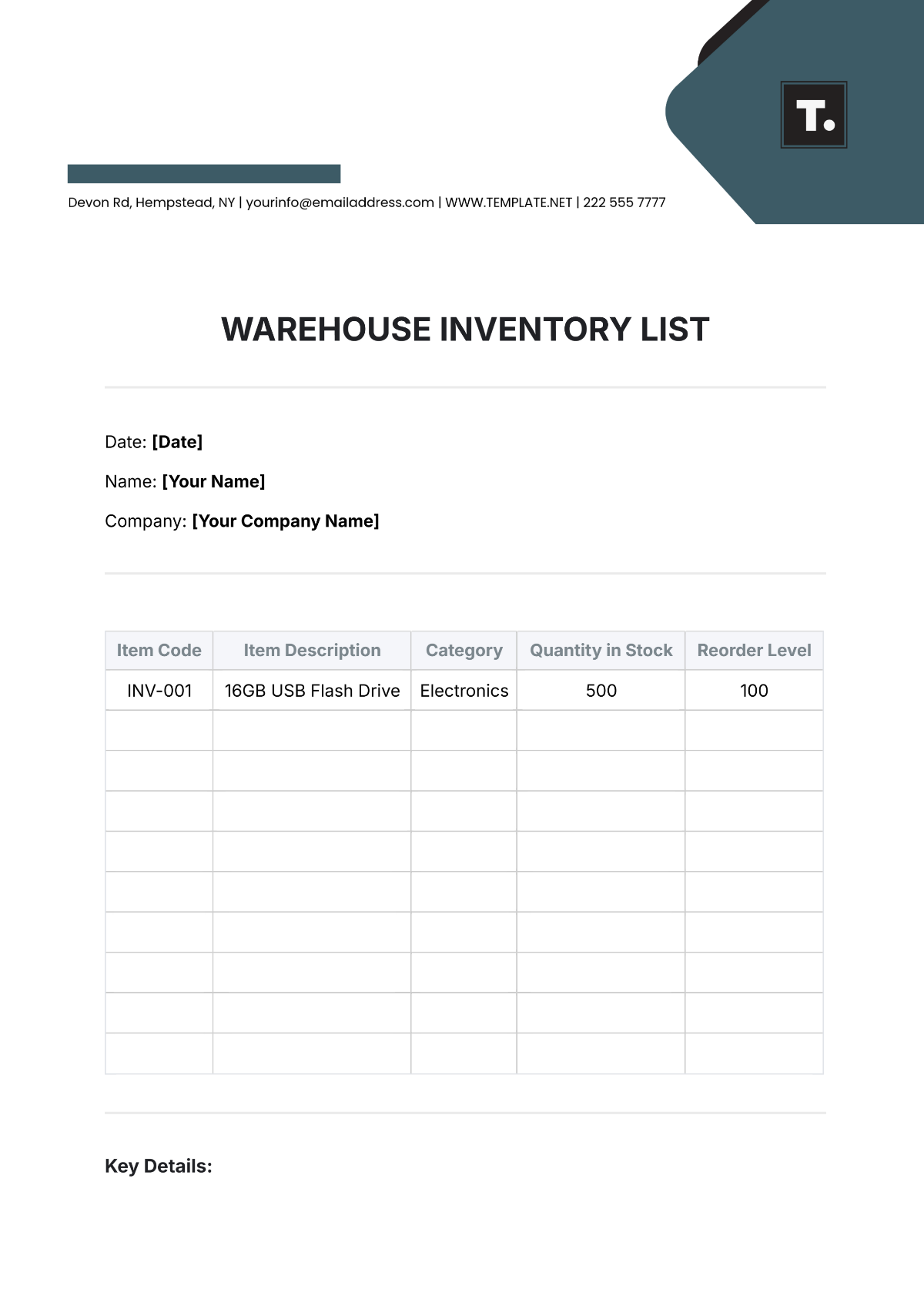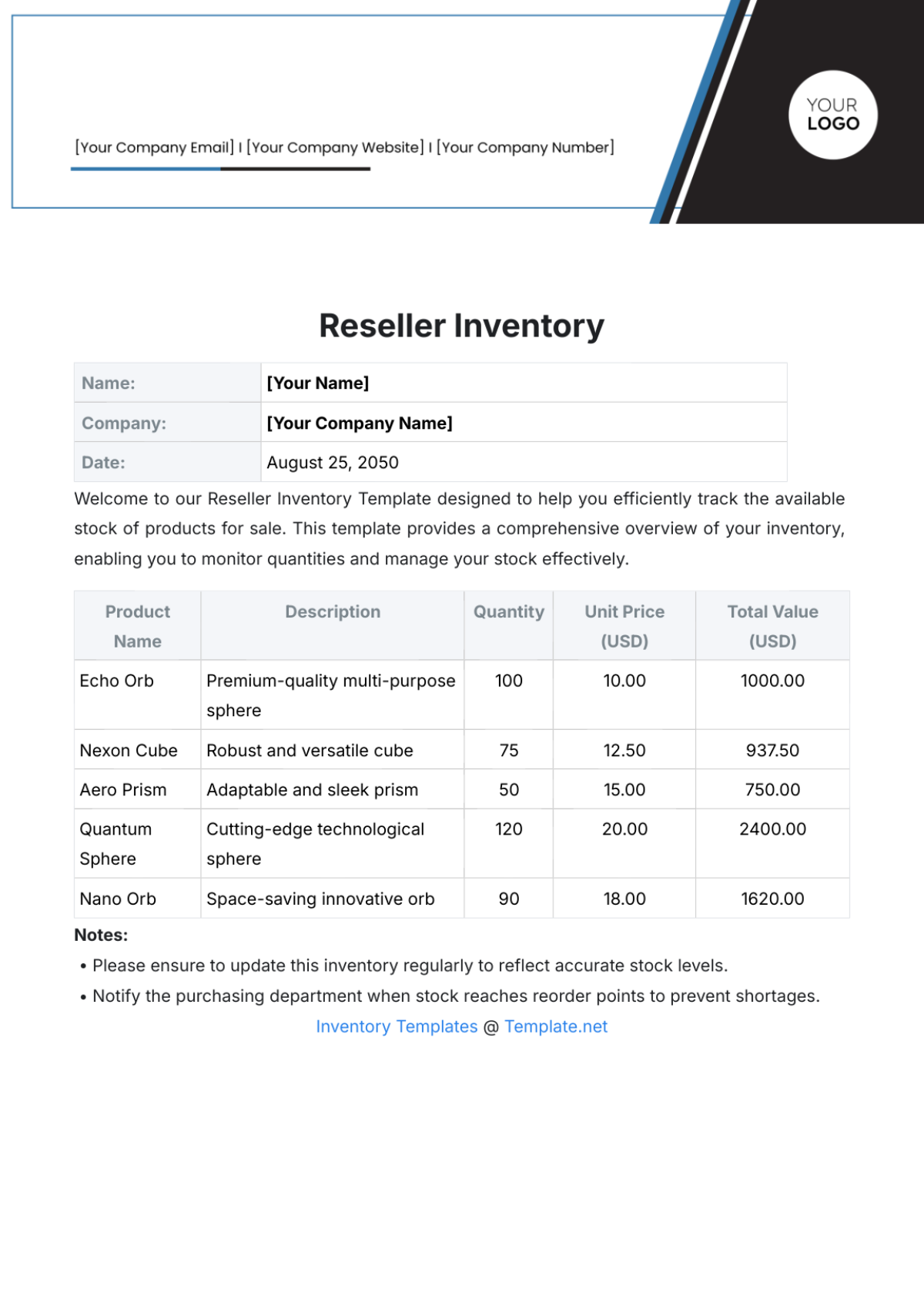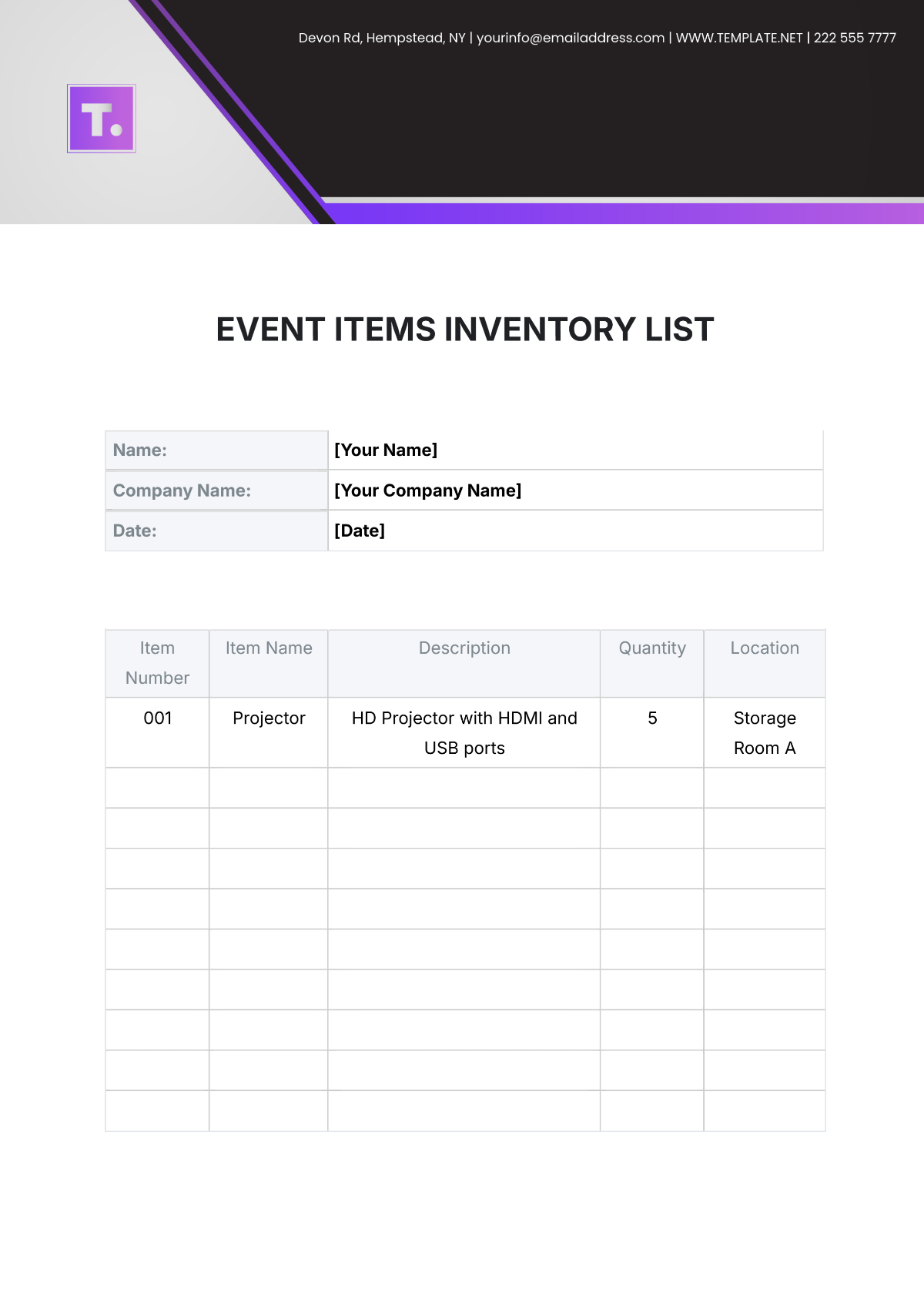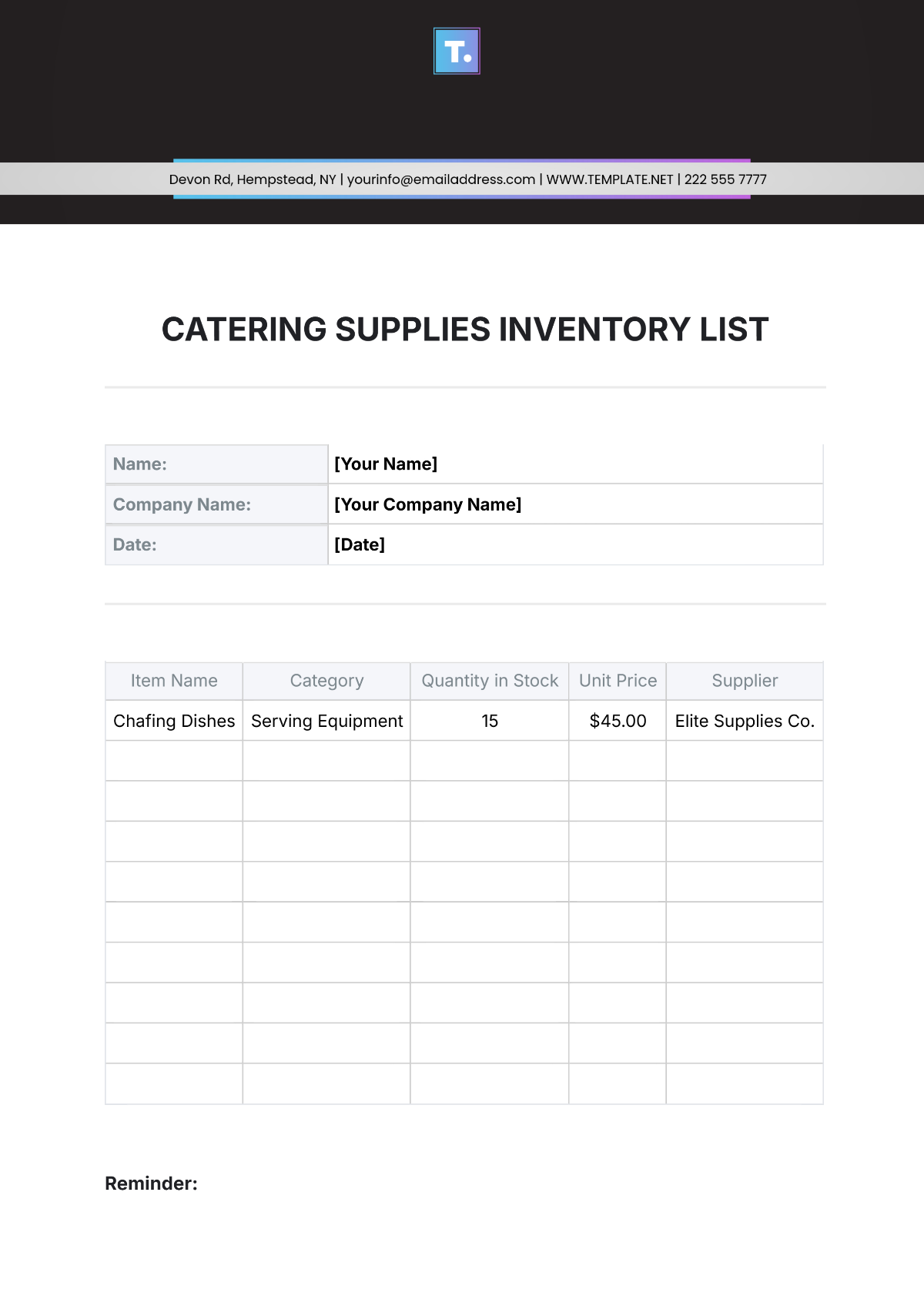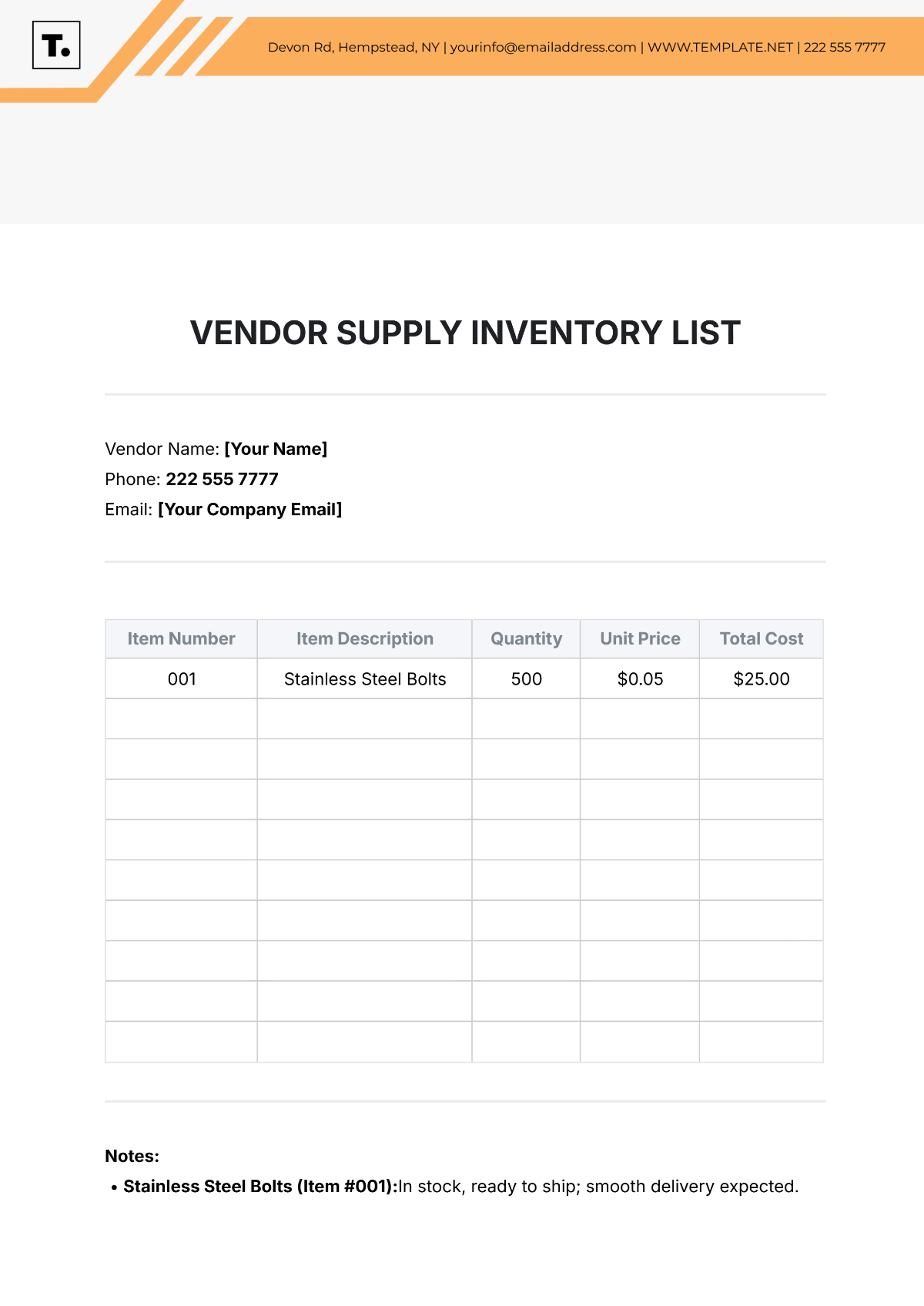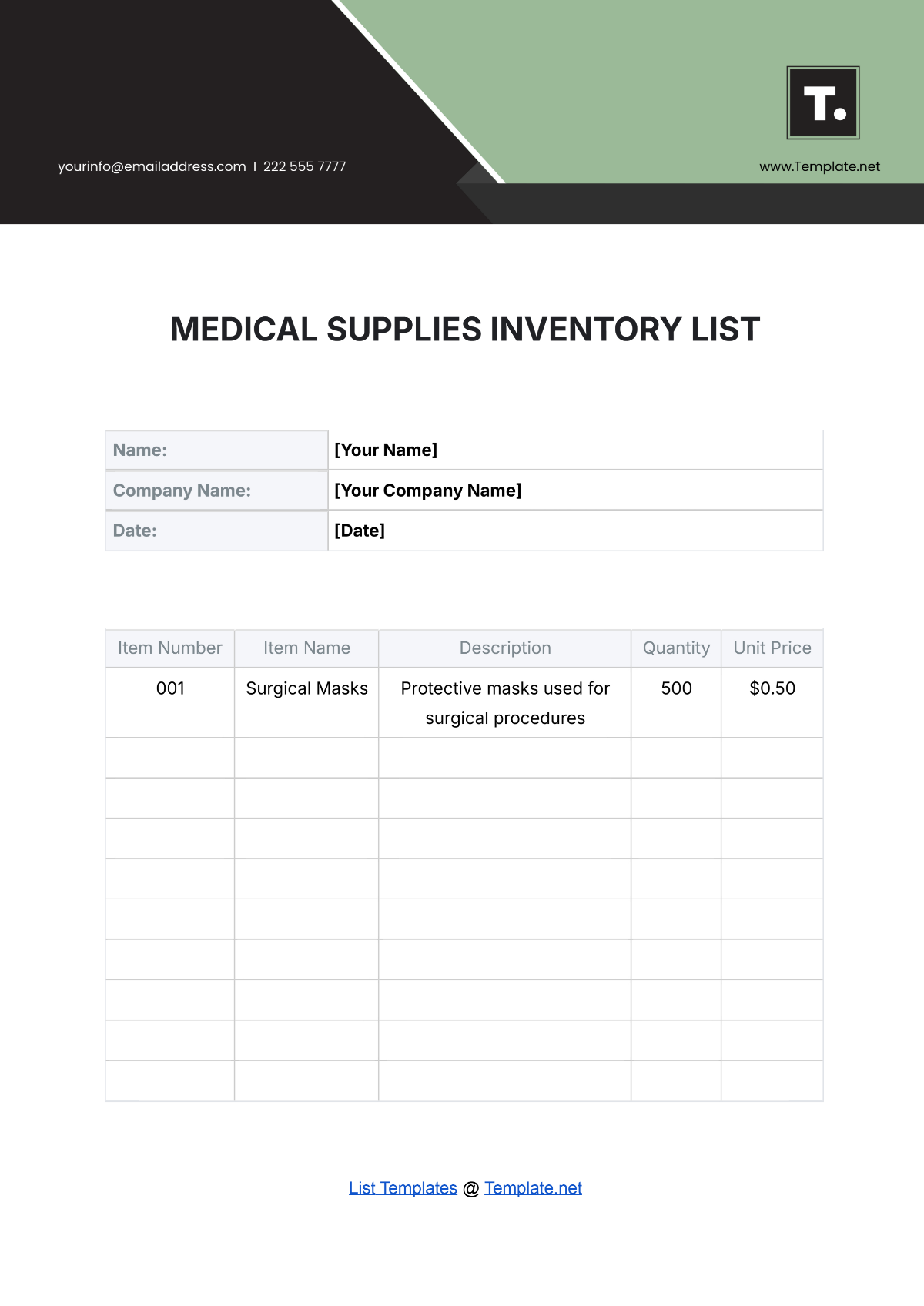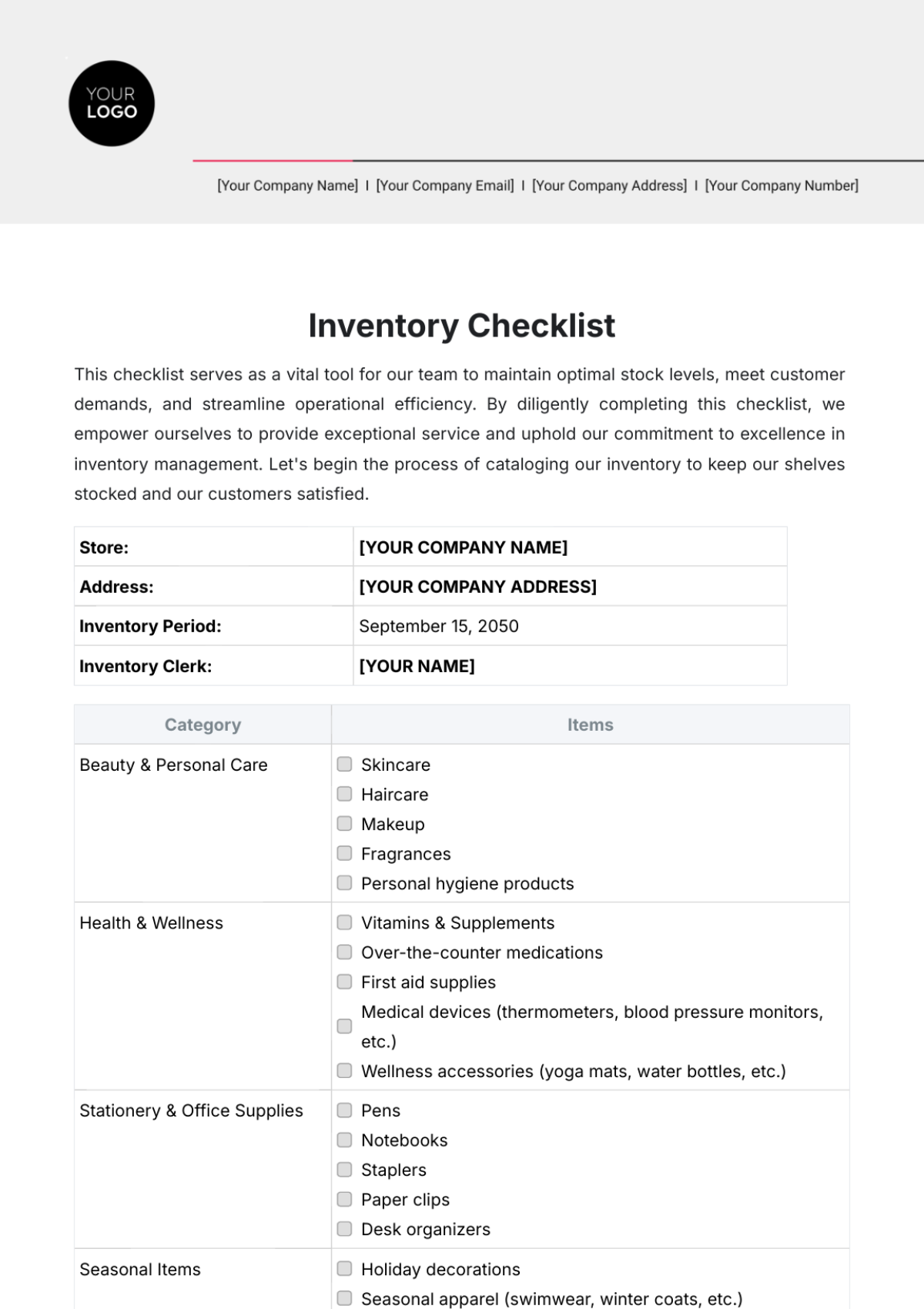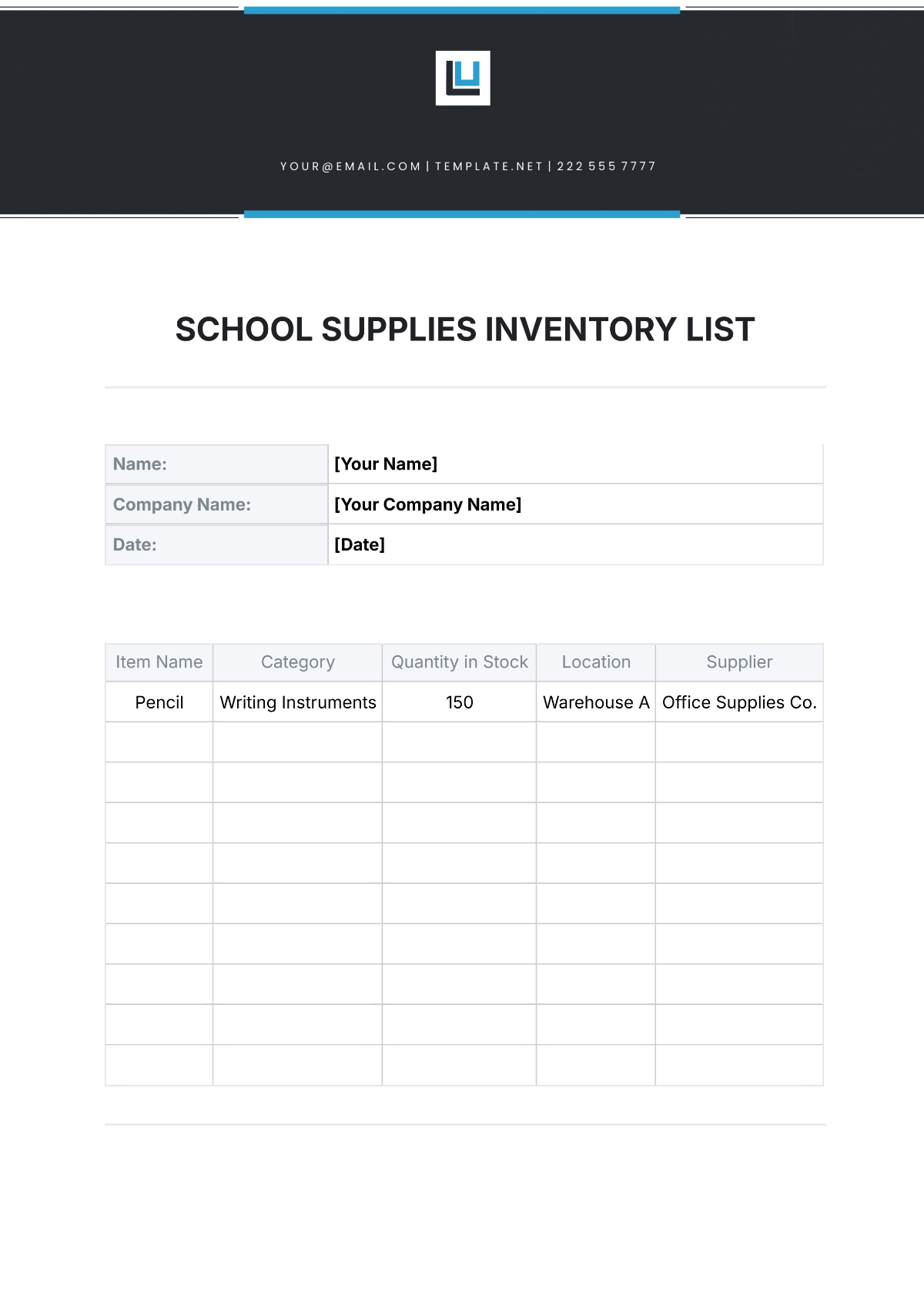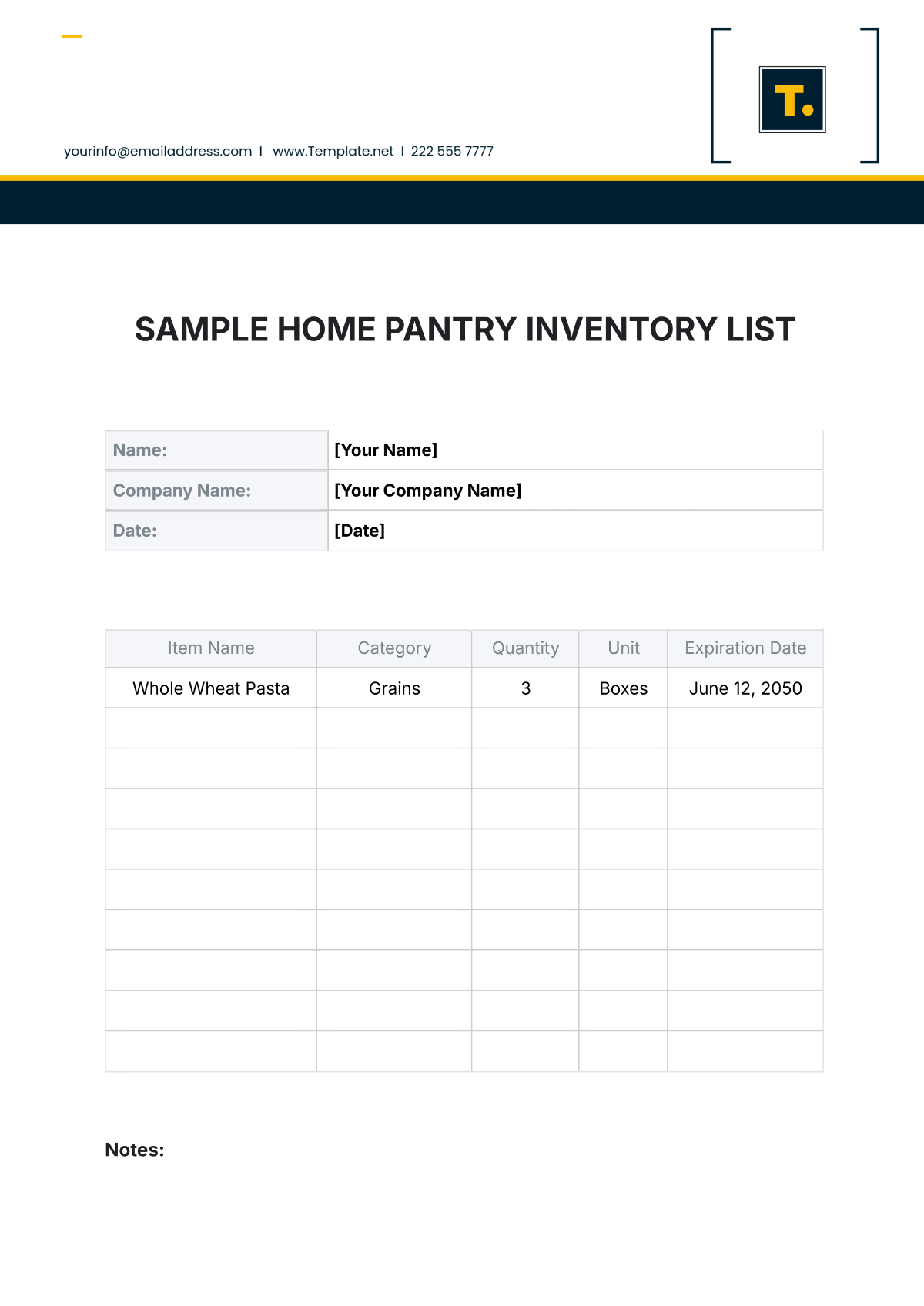Professional Backlog Inventory Report
Company: [Your Company Name]
Prepared by: [Your Name]
Report Period: [Date]
I. Introduction
The objective of this report is to provide a comprehensive analysis of the current professional backlog inventory. This inventory encompasses various tasks, projects, or processes that have yet to be initiated or completed. Understanding and effectively managing backlog inventory is crucial for optimizing workflow, improving productivity, and ensuring timely delivery of services and products. This report will detail the current state of the backlog, categorize the inventory, and propose recommendations for addressing and prioritizing these items.
II. Current State of Backlog Inventory
A. Overview
As of the latest assessment, the professional backlog inventory consists of multiple categories, each with distinct characteristics and challenges. The inventory can be divided into several main areas as shown in the table below:
Category | Number of Items | Percentage of Total Backlog |
|---|---|---|
Project Development | 45 | 30% |
Client Requests | 20 | 13% |
Internal Processes | 30 | 20% |
Research and Development | 15 | 10% |
Miscellaneous | 40 | 27% |
This distribution highlights the areas with the highest volume of backlog items, allowing for targeted analysis and interventions. The following sections will delve deeper into each category.
B. Project Development
Project development constitutes the largest segment of the backlog. These projects range from ongoing initiatives requiring additional resources for completion to new proposals in the initiation phase. The key challenges involve resource allocation, establishing clear timelines, and ensuring adequate coordination among departments.
C. Client Requests
Client requests in the backlog include changes to existing services, new service development, and troubleshooting issues. Timely response to these requests is vital for maintaining client satisfaction and loyalty. The current delay is mostly due to prioritization conflicts and limited client service resources.
D. Internal Processes
Internal processes refer to routine and ad-hoc tasks that support the operational framework of the organization. These tasks are often seen as lower priority but are essential for maintaining efficient operations. They include system upgrades, internal audits, and policy updates.
E. Research and Development
Research and Development (R&D) initiatives are crucial for innovation and long-term growth. The backlog in R&D is mainly due to limited funding and human resources, emphasizing a need for a structured approach to prioritize and manage these projects based on strategic importance.
F. Miscellaneous
The miscellaneous category comprises various tasks that do not fit neatly into other categories, such as community outreach programs, miscellaneous administrative tasks, and short-term initiatives. These are often deferred when more urgent tasks arise.
III. Analysis and Recommendations
A. Analysis of Key Challenges
Analyzing the backlog inventory reveals specific challenges across multiple dimensions:
Resource limitation in terms of personnel and budget allocation.
Lack of clear prioritization protocol leading to inefficiencies.
Inadequate communication channels across teams.
Delayed decision-making due to bureaucratic processes.
Technological constraints impacting efficiency.
B. Recommendations
To address these challenges, the following strategies are recommended:
Implement a priority-based task management system to streamline operations and allocate resources effectively.
Enhance communication and collaboration platforms to improve cross-departmental connectivity and information sharing.
Initiate regular backlog review meetings to reassess project statuses and realign goals.
Invest in training and development initiatives to equip staff with the necessary skills for effective backlog management.
Consider technology upgrades where applicable to improve processing speeds and reduce delays.
IV. Conclusion
The professional backlog inventory is a vital aspect of organizational effectiveness. Addressing the backlog through quantitative assessment and strategic initiatives will foster improved productivity and service delivery. By implementing the recommended strategies, the organization can better manage its backlog and enhance its operational efficiency in the long term.
